Neighborhoods: Sunset Heights
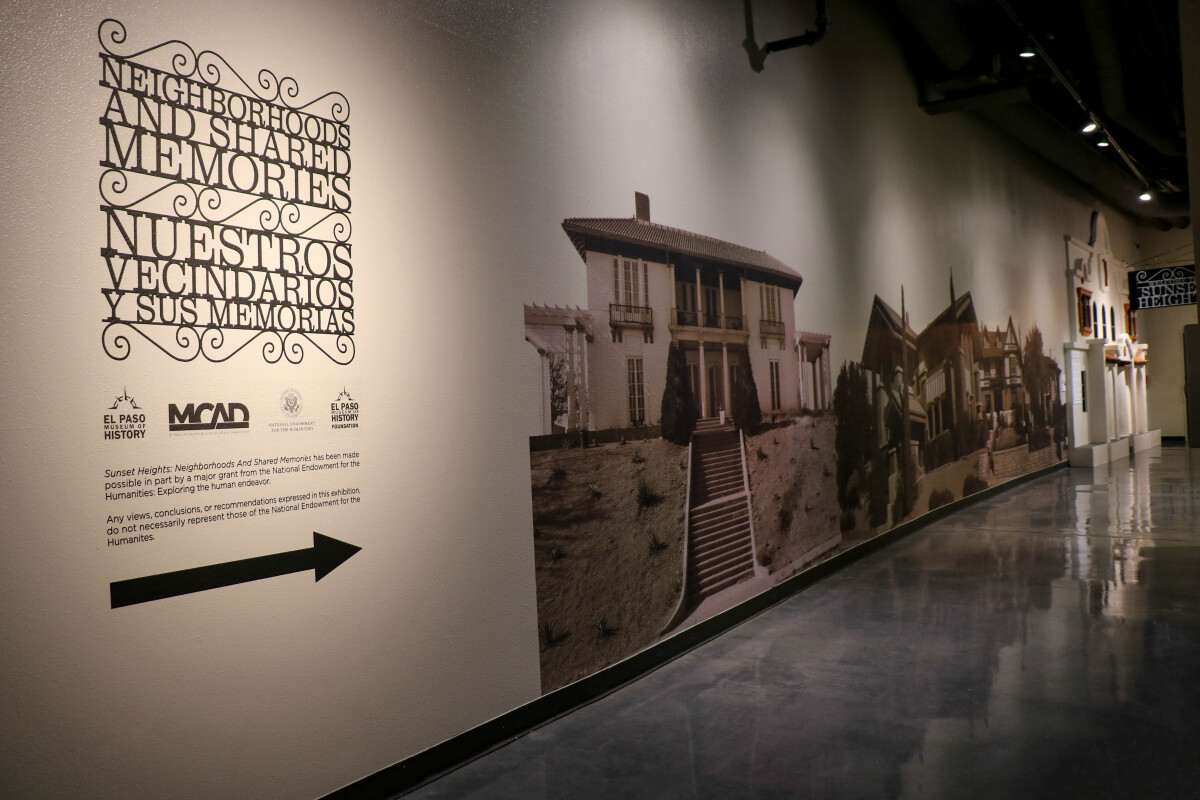
Neighborhoods: Sunset Heights
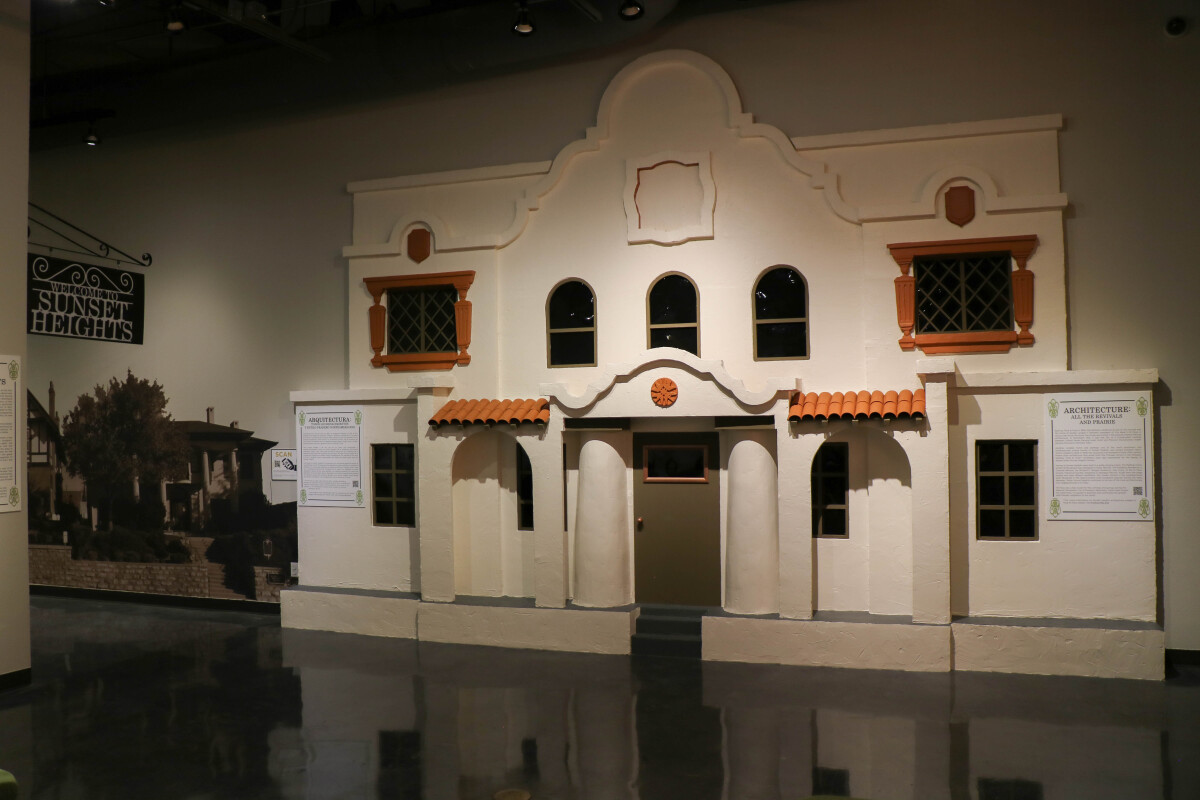
Neighborhoods: Sunset Heights
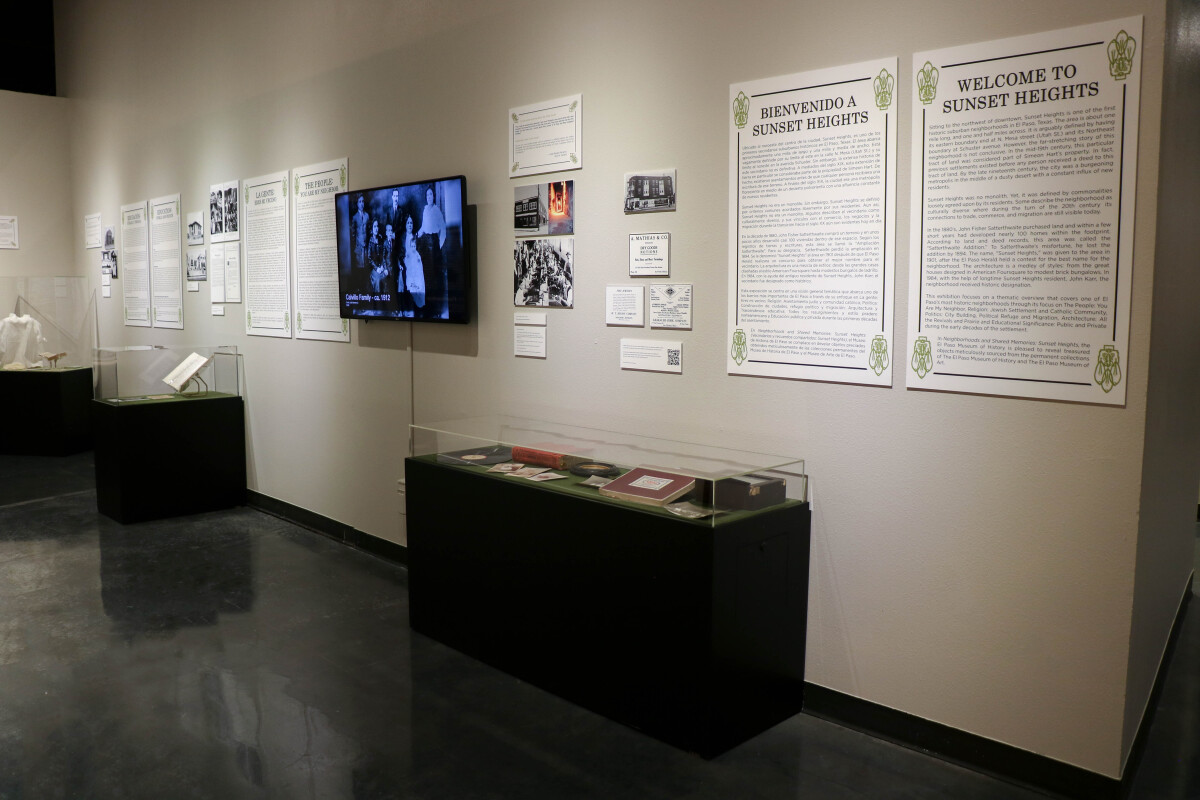
Neighborhoods: Sunset Heights
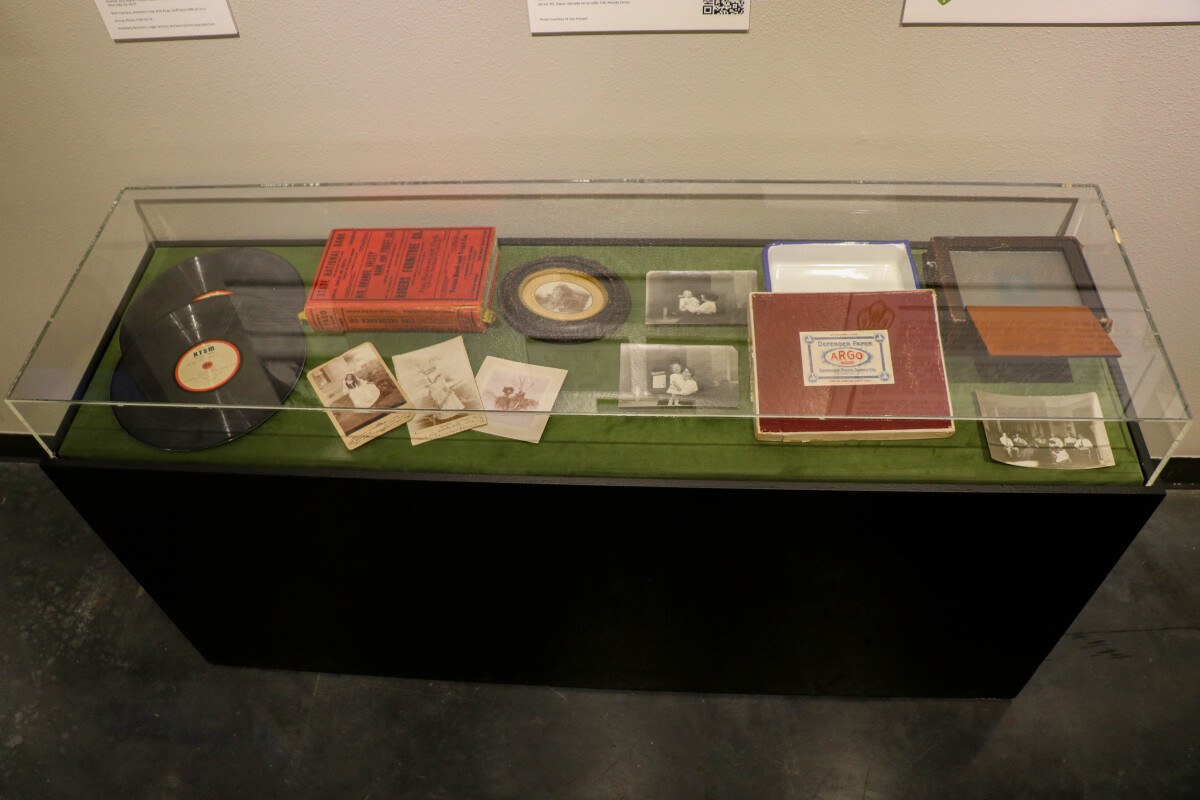
Neighborhoods: Sunset Heights
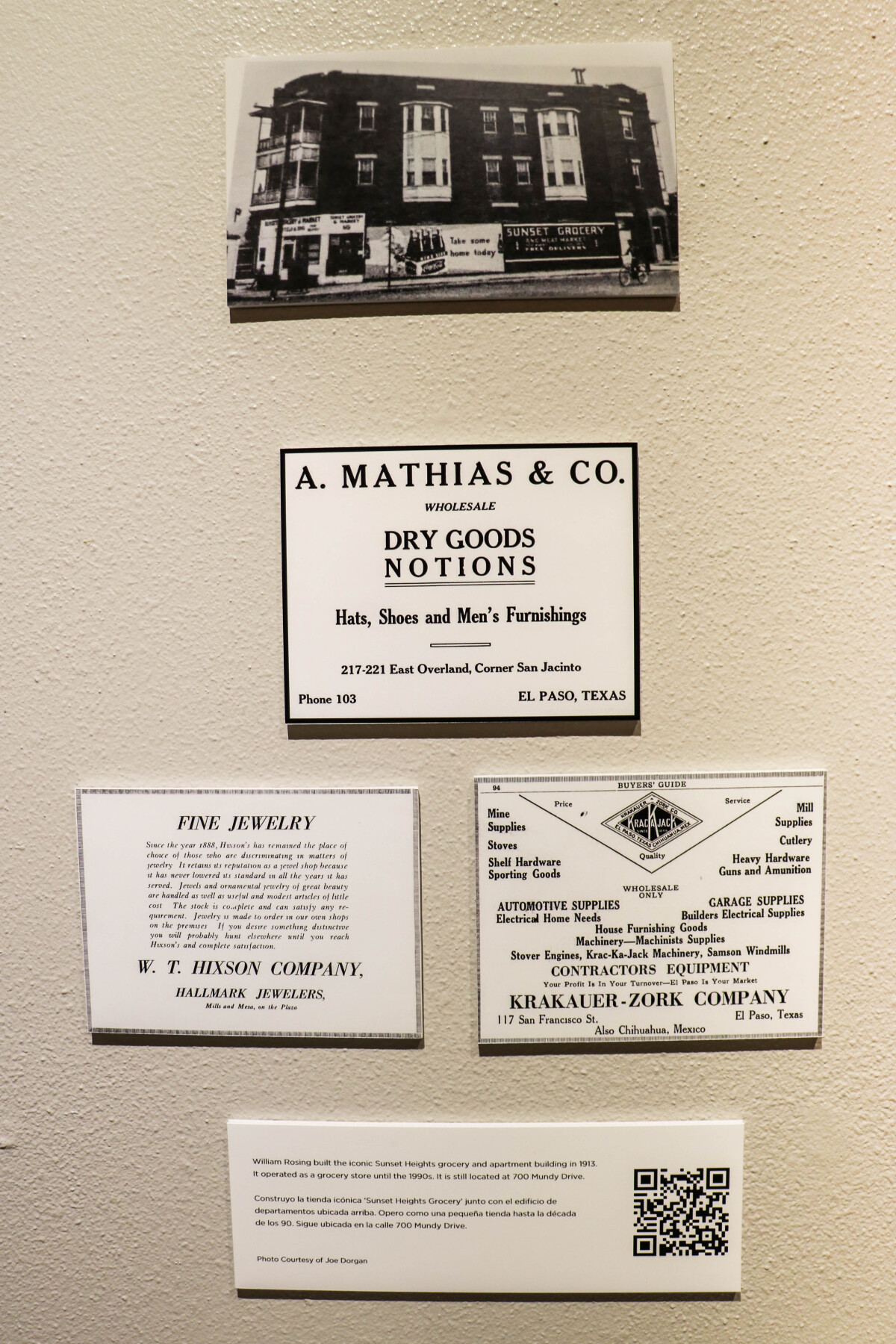
Neighborhoods: Sunset Heights
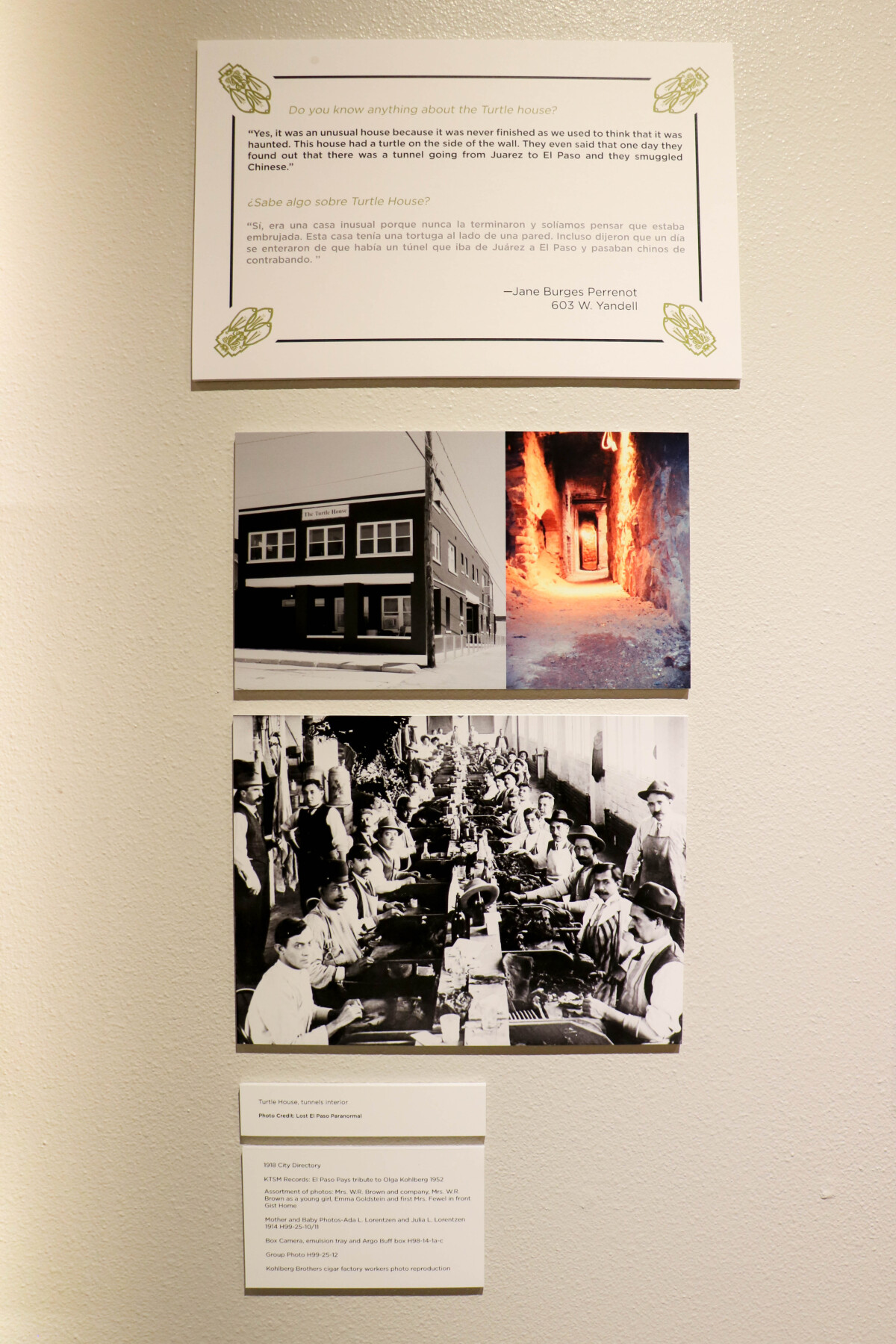
Neighborhoods: Sunset Heights
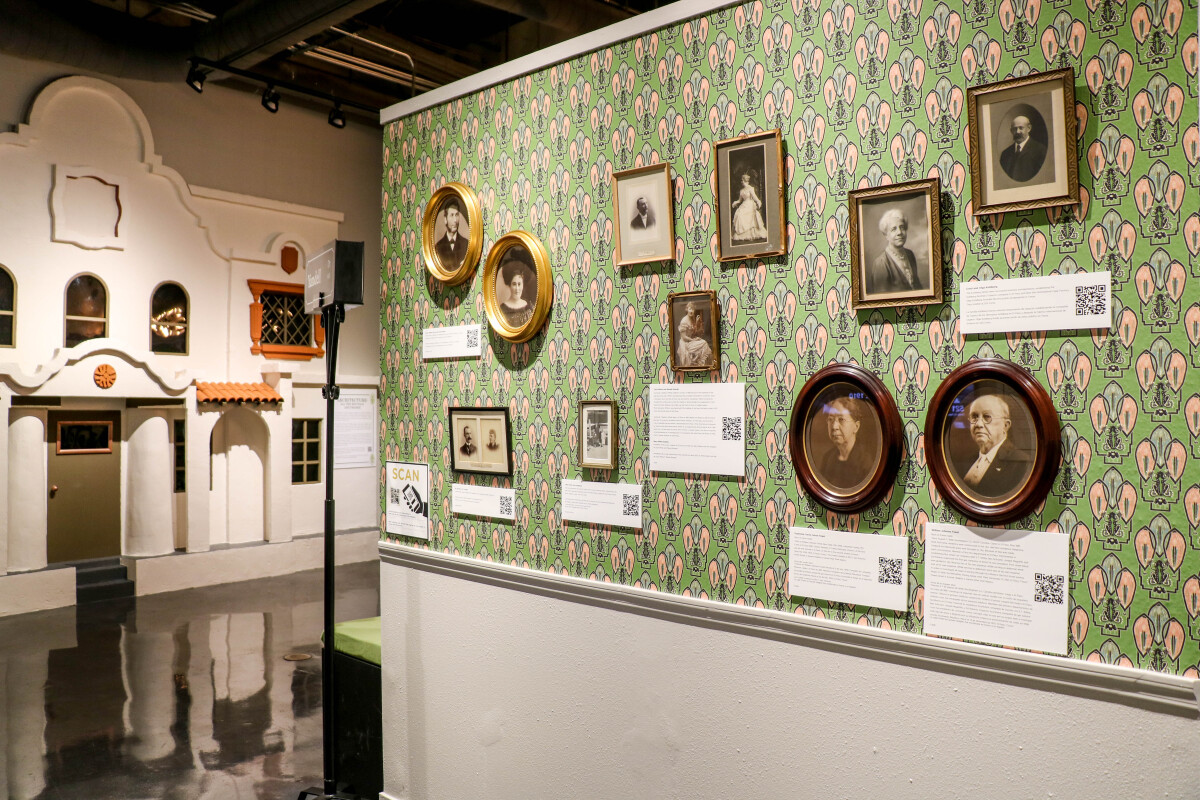
Neighborhoods: Sunset Heights
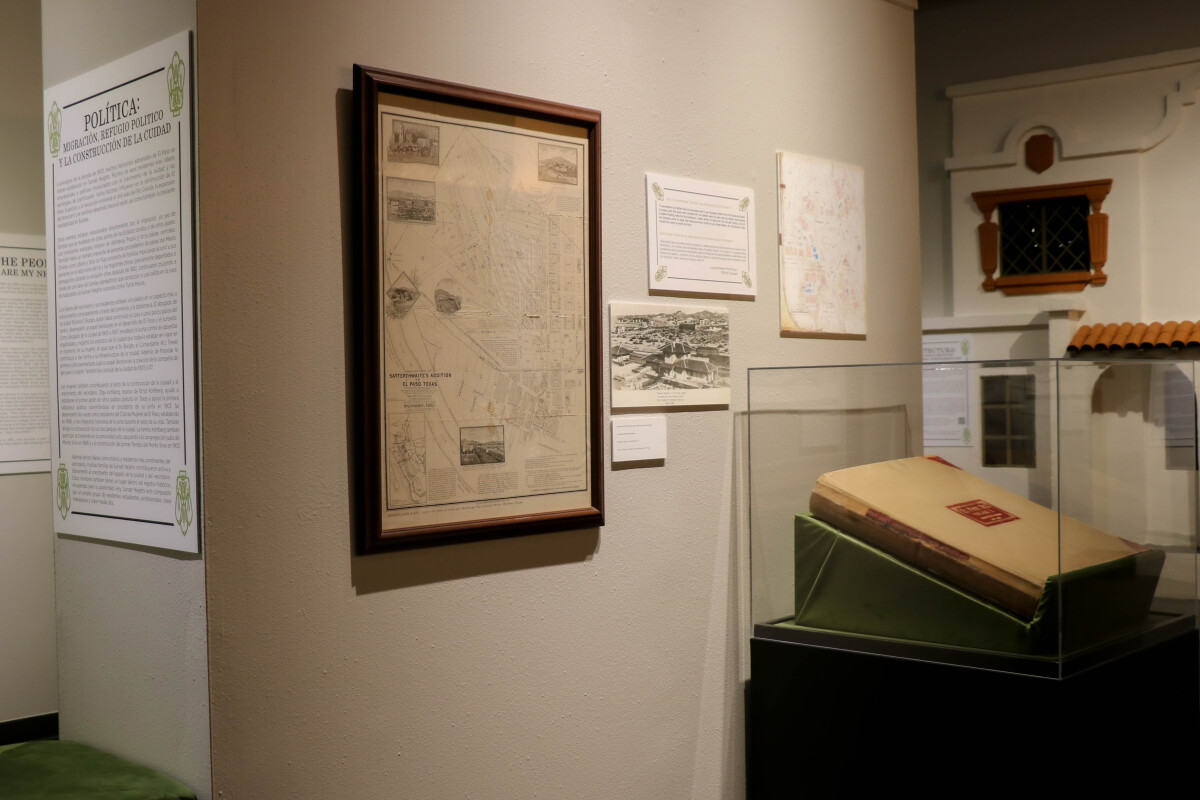
Neighborhoods: Sunset Heights
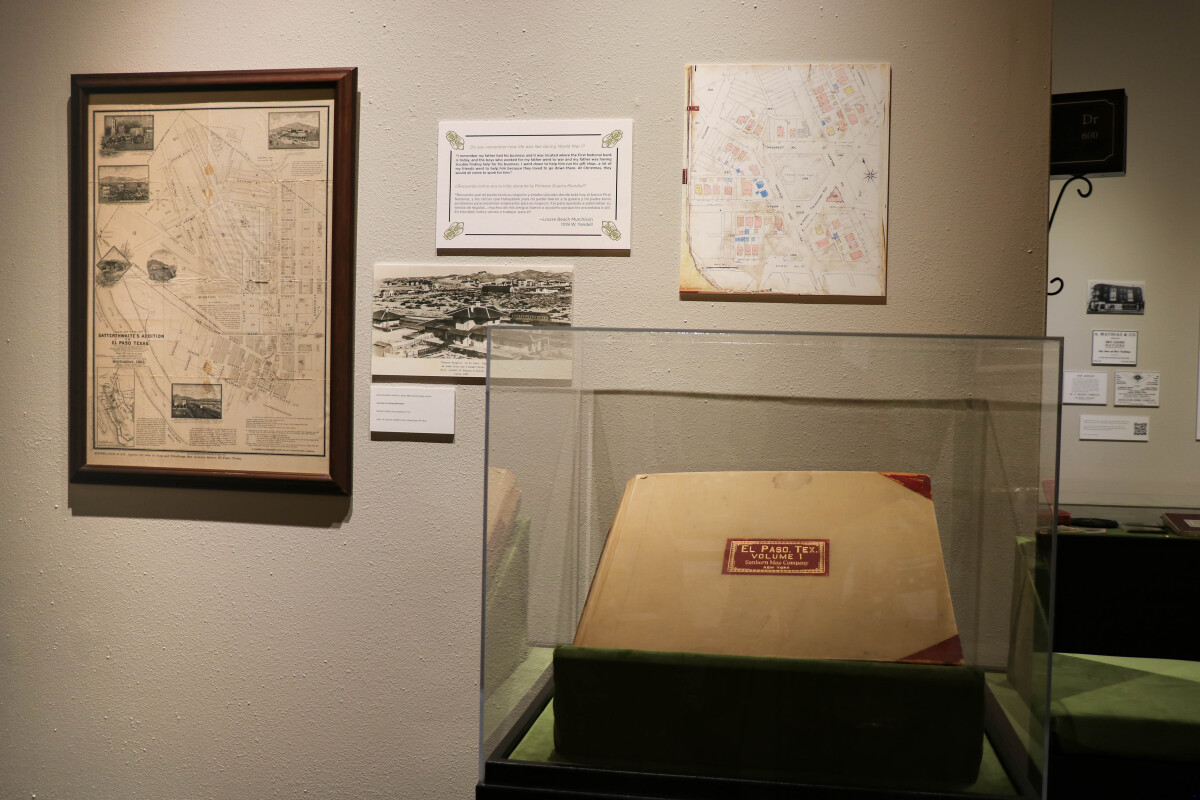
Neighborhoods: Sunset Heights
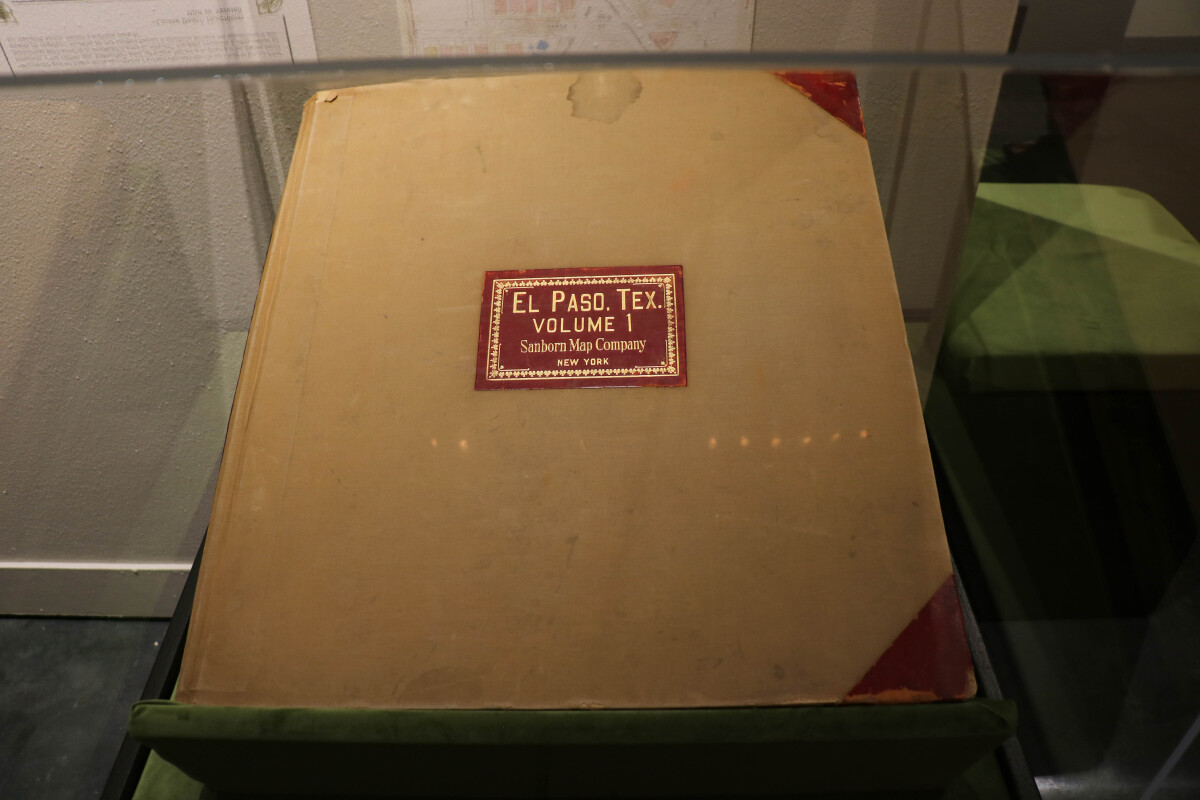
Neighborhoods: Sunset Heights
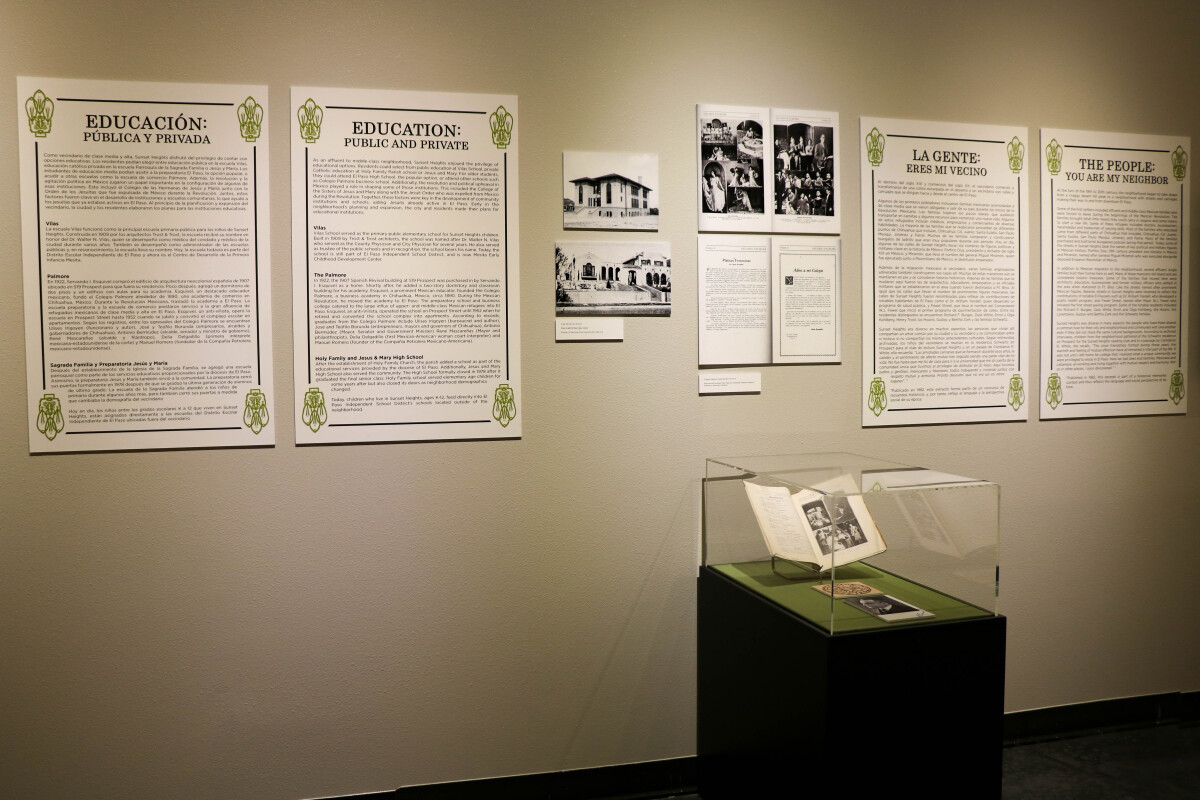
Neighborhoods: Sunset Heights
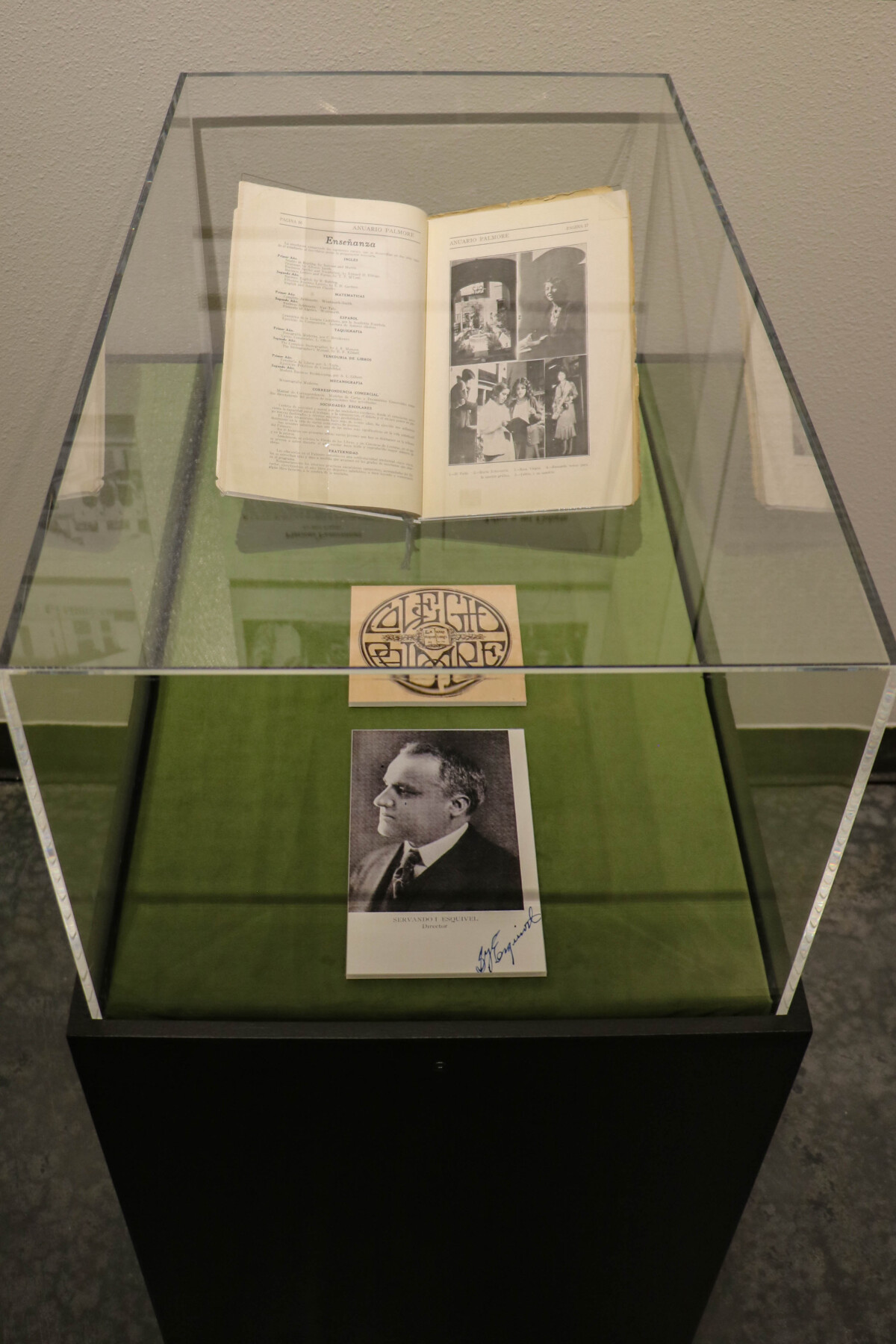
Neighborhoods: Sunset Heights
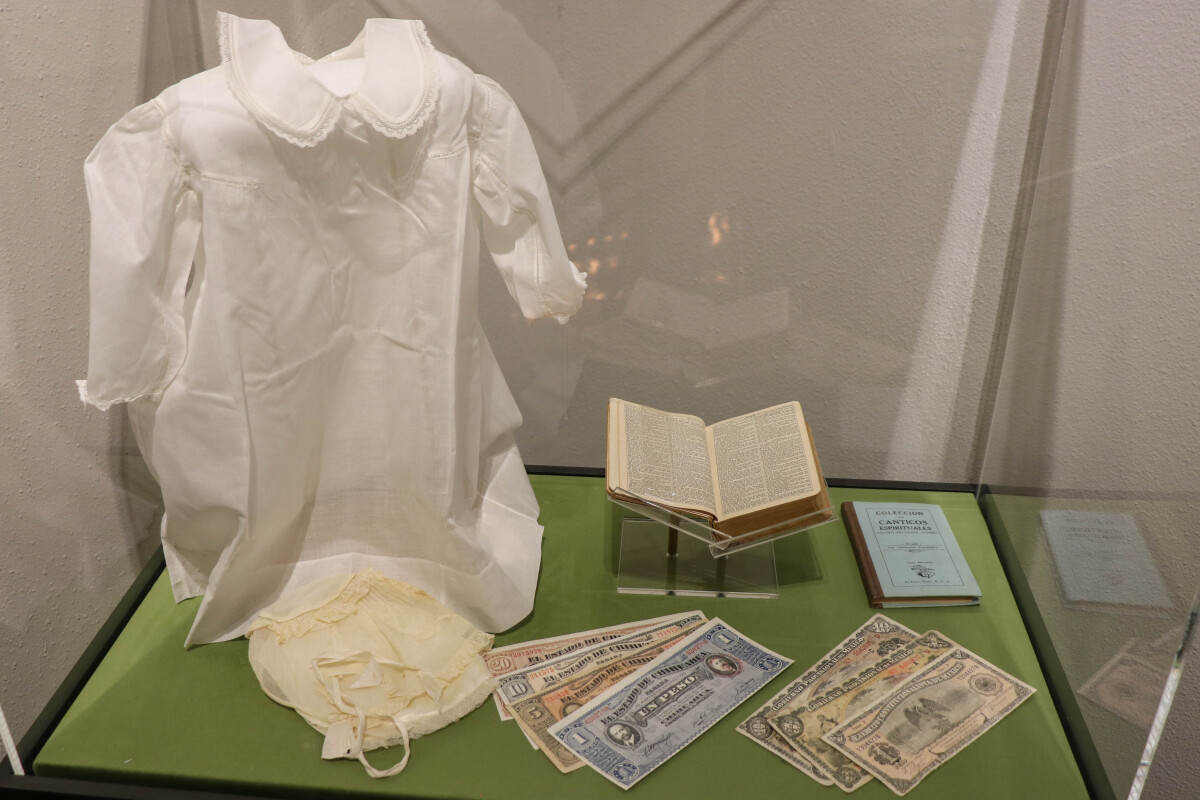
Neighborhoods: Sunset Heights
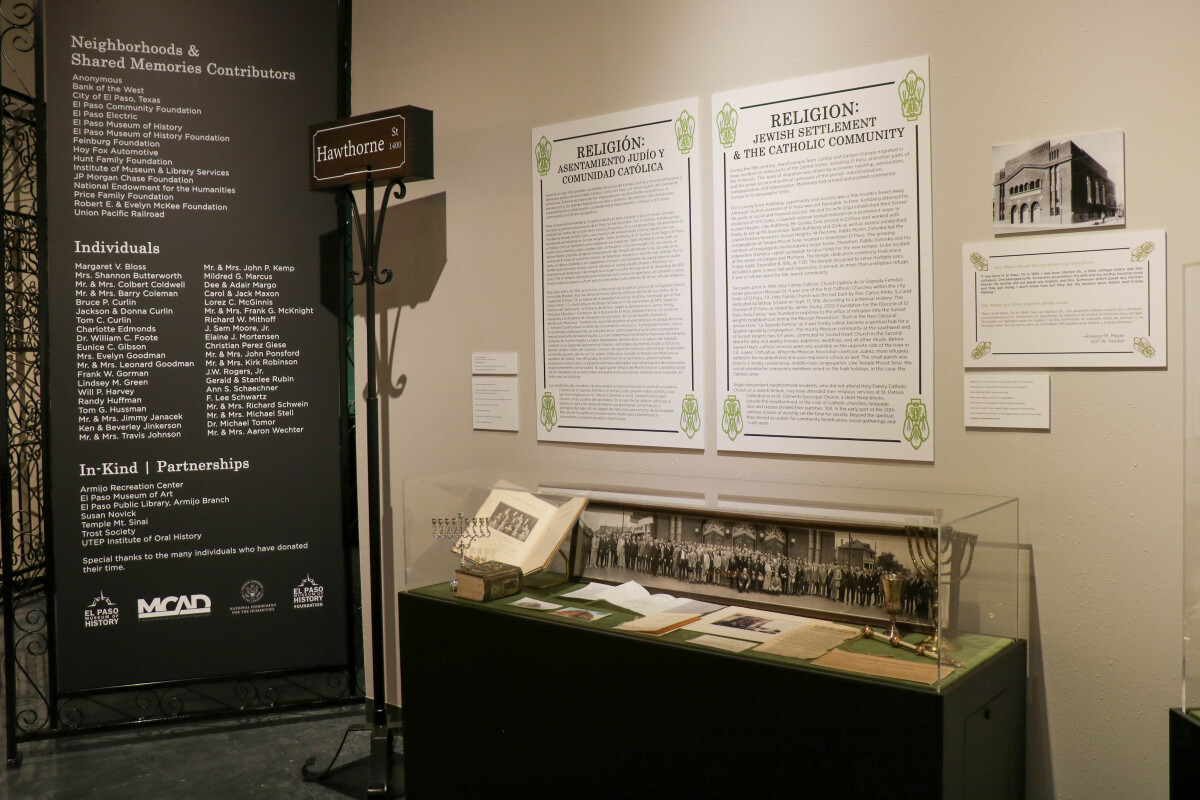
Neighborhoods: Sunset Heights
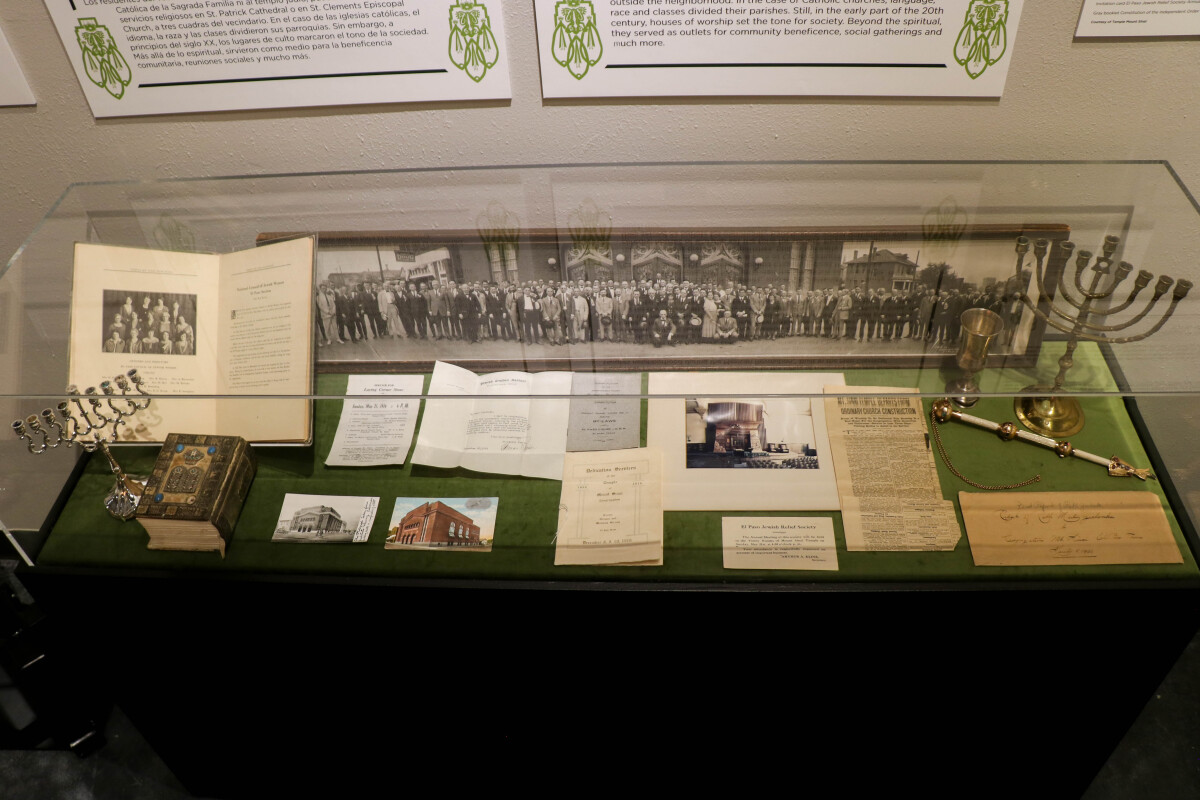
Neighborhoods: Sunset Heights
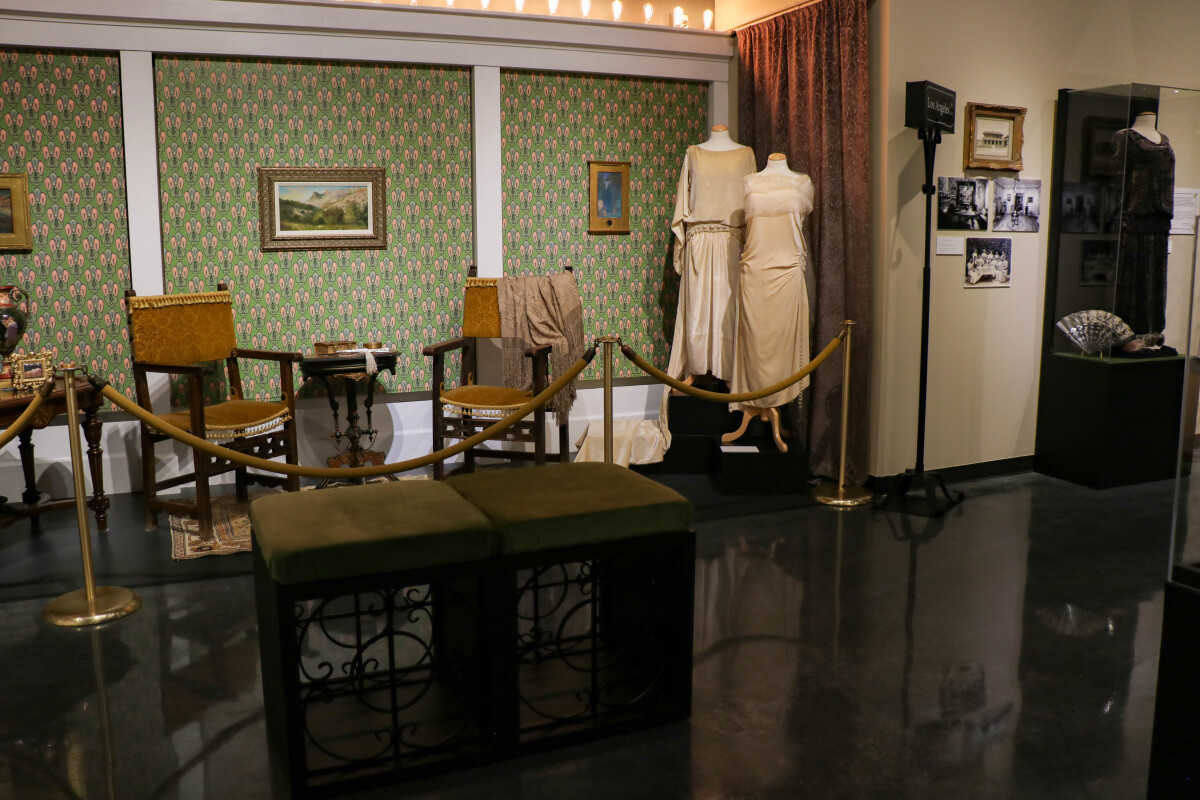
Neighborhoods: Sunset Heights
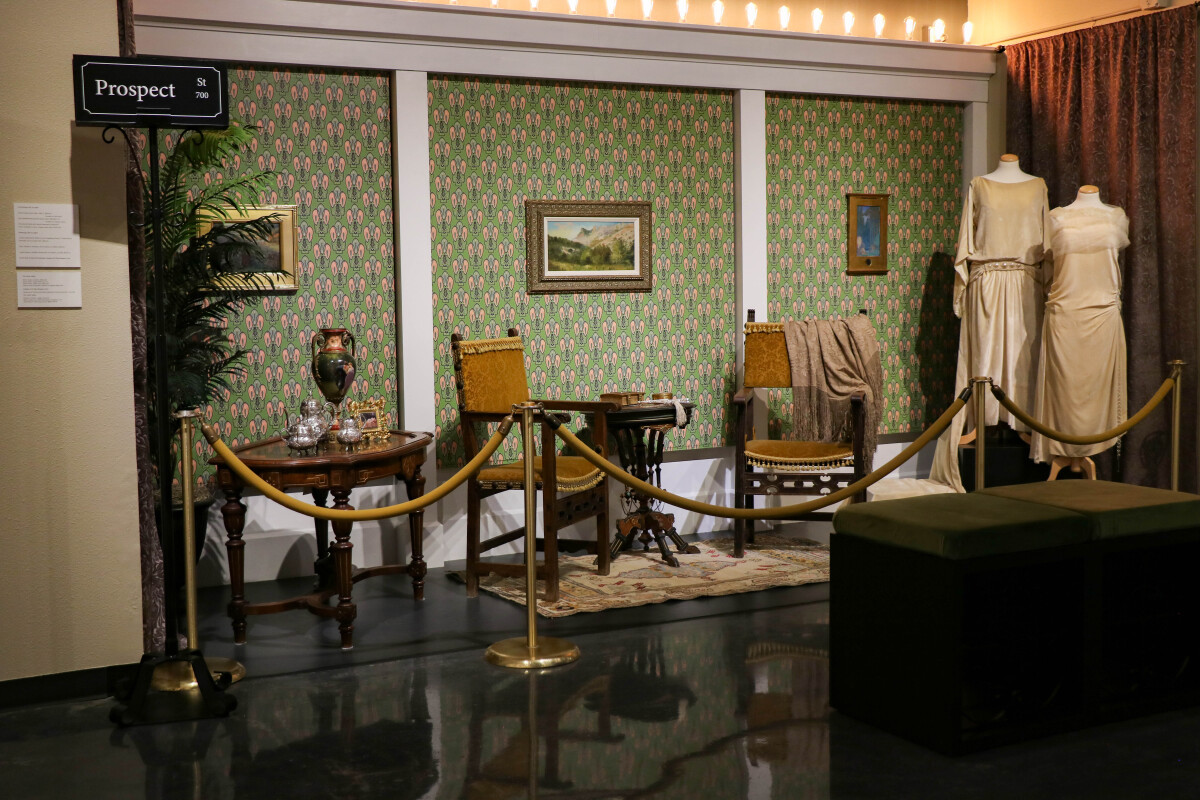
Neighborhoods: Sunset Heights
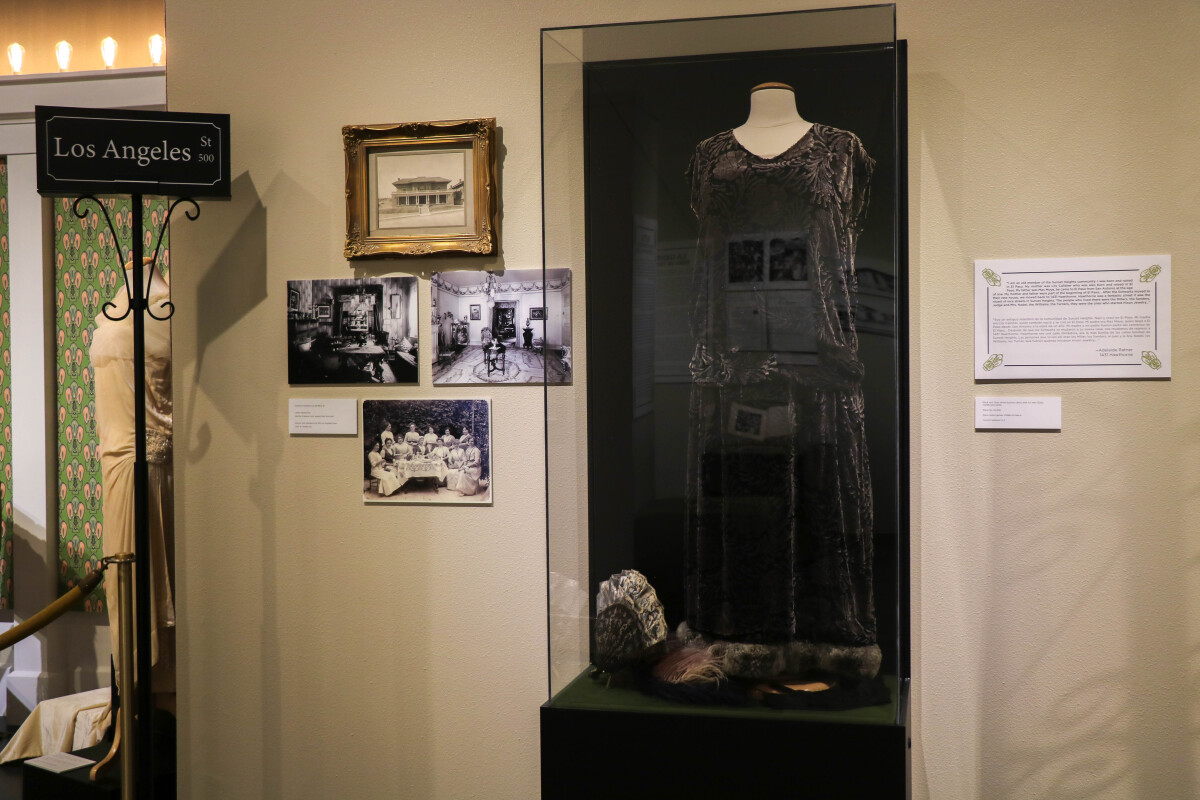
Neighborhoods: Sunset Heights
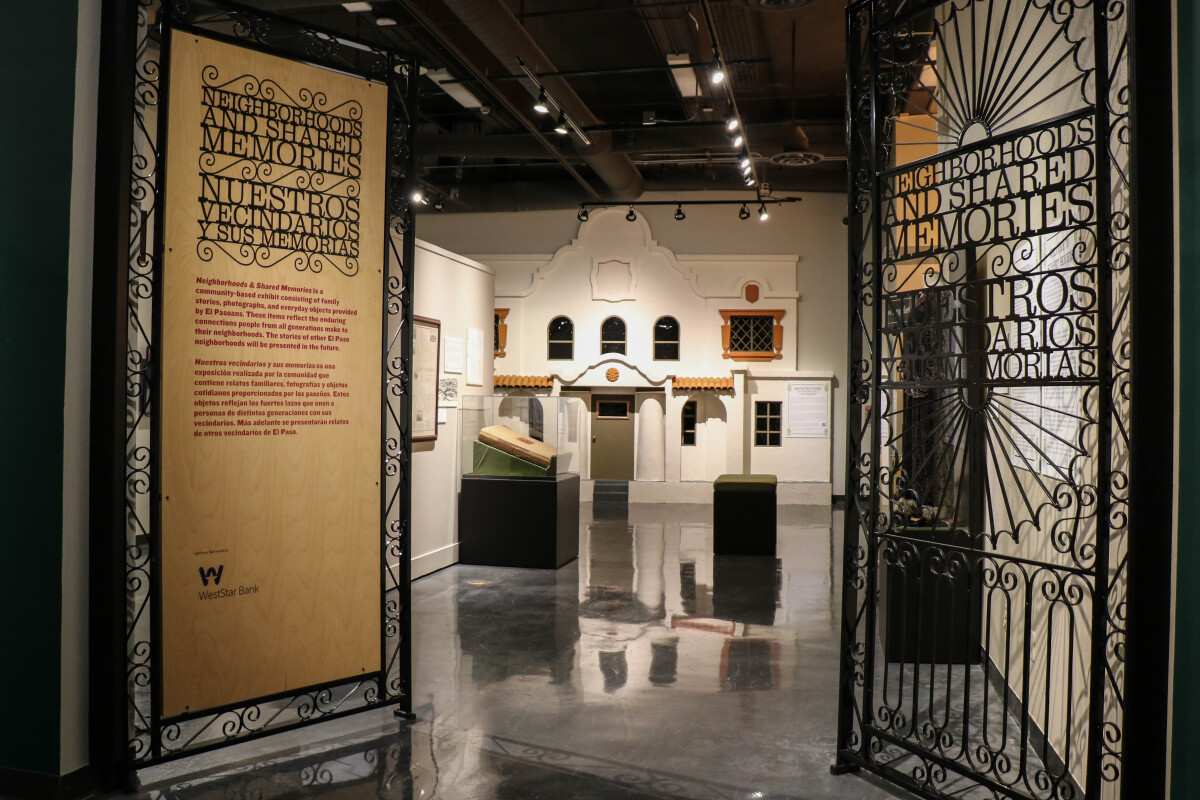
Neighborhoods and Shared Memories: Sunset Heights
Sitting to the northwest of downtown, Sunset Heights is one of the first historic suburban neighborhoods in El Paso, Texas. The area is about one mile long, and one and half miles across. It is arguably defined by having its eastern boundary end at N. Mesa street (Idaho St.) and its Northeast boundary at Schuster avenue. However, the far-stretching story of this neighborhood is not conclusive. In the mid-19th century, this particular tract of land was considered part of Simeon Hart’s property. In fact, previous settlements existed before any person received a deed to this tract of land. By the late nineteenth century, the city was a burgeoning metropolis in the middle of a dusty desert with a constant influx of new residents. Sunset Heights was no monolith. Yet, it was defined by commonalities loosely agreed upon by its residents. Some describe the neighborhood as culturally diverse where during the turn of the 20th century its connections to trade, commerce, and migration are still visible today. In the 1880’s, John Fisher Satterthwaite purchased land and within a few short years had developed nearly 100 homes within the footprint. According to land and deed records, this area was called the "Satterthwaite Addition.” To Satterthwaite’s misfortune, he lost the addition by 1894. The name, "Sunset Heights," was given to the area in 1901, after the El Paso Herald held a contest for the best name for the neighborhood. The architecture is a medley of styles: from the great houses designed in American Foursquare to modest brick bungalows. In 1984, with the help of longtime Sunset Heights resident, John Karr, the neighborhood received historic designation. This exhibition focuses on a thematic overview that covers one of El Paso’s most historic neighborhoods through its focus on The People: You Are My Neighbor, Religion: Jewish Settlement and Catholic Community, Politics: City Building, Political Refuge and Migration, Architecture: All the Revivals and Prairie and Educational Significance: Public and Private during the early decades of the settlement. In Neighborhoods and Shared Memories: Sunset Heights, the El Paso Museum of History is pleased to reveal treasured objects meticulously sourced from the permanent collections of The El Paso Museum of History and The El Paso Museum of Art.
Area: Central / Sunset Heights
Source: El Paso Museum of History
Uploaded by: El Paso Museum of History
Neighborhoods and Shared Memories: Sunset Heights
Built by Trost & Trost in 1905, the Williams residence at 323 W. Rio Grande was the home of banker Joseph F. Williams, president of City Bank in El Paso. A stucco over brick structure, the house was styled in the popular Mission Revival architecture. In November 1915, it was the site of a coordinated meeting between United States General Hugh Scott and Mexican revolutionary leader General Francisco (Pancho) Villa. Another notable home and perhaps one of the most prominent and architecturally unique homes in Sunset Heights, was famed architect Henry Trost’s residence. Built in 1909, the structure is an example of early 20th century Prairie style architecture that arose from the Chicago school in the Midwest. Notably, Trost & Trost architects were also responsible for the design of several other Sunset Heights homes. Homes in Sunset Heights were built in a wide-ranging styles: The Mathias home at 607 W Boulevard was designed in Tudor Revival, The Kohlberg Residence in Colonial Revival, the Richard F. Burges residence, now home of the El Paso County Historical Society, designed in Georgian Revival. Aside from the large homes and their affluent aesthetics, the smaller homes in the neighborhood were designed in the typical prairie style bungalow popular during the early decades. Today, Sunset Heights continues to be one of the most architecturally rich neighborhoods in El Paso. El Paso was a key locale for the comings and goings during the Mexican Revolution. For El Pasoans, diplomacy meant safe travels for loved ones, no pauses in business and continued city growth with friendly neighbors to the south. **For more information on Sunset Heights architecture related to Trost & Trost, please visit trostsociety.org
Area: Central / Sunset Heights
Source: El Paso Museum of History
Uploaded by: El Paso Museum of History
Neighborhoods and Shared Memories: Sunset Heights
Sitting to the northwest of downtown, Sunset Heights is one of the first historic suburban neighborhoods in El Paso, Texas. The area is about one mile long, and one and half miles across. It is arguably defined by having its eastern boundary end at N. Mesa street (Idaho St.) and its Northeast boundary at Schuster avenue. However, the far-stretching story of this neighborhood is not conclusive. In the mid-19th century, this particular tract of land was considered part of Simeon Hart’s property. In fact, previous settlements existed before any person received a deed to this tract of land. By the late nineteenth century, the city was a burgeoning metropolis in the middle of a dusty desert with a constant influx of new residents. Sunset Heights was no monolith. Yet, it was defined by commonalities loosely agreed upon by its residents. Some describe the neighborhood as culturally diverse where during the turn of the 20th century its connections to trade, commerce, and migration are still visible today. In the 1880’s, John Fisher Satterthwaite purchased land and within a few short years had developed nearly 100 homes within the footprint. According to land and deed records, this area was called the "Satterthwaite Addition.” To Satterthwaite’s misfortune, he lost the addition by 1894. The name, "Sunset Heights," was given to the area in 1901, after the El Paso Herald held a contest for the best name for the neighborhood. The architecture is a medley of styles: from the great houses designed in American Foursquare to modest brick bungalows. In 1984, with the help of longtime Sunset Heights resident, John Karr, the neighborhood received historic designation. This exhibition focuses on a thematic overview that covers one of El Paso’s most historic neighborhoods through its focus on The People: You Are My Neighbor, Religion: Jewish Settlement and Catholic Community, Politics: City Building, Political Refuge and Migration, Architecture: All the Revivals and Prairie and Educational Significance: Public and Private during the early decades of the settlement. In Neighborhoods and Shared Memories: Sunset Heights, the El Paso Museum of History is pleased to reveal treasured objects meticulously sourced from the permanent collections of The El Paso Museum of History and The El Paso Museum of Art.
Area: Central / Sunset Heights
Source: El Paso Museum of History
Uploaded by: El Paso Museum of History
Neighborhoods and Shared Memories: Sunset Heights
At the turn of the 19th to 20th century, the neighborhood began to take shape from a craggy desert hill peak to a neighborhood with streets and carriages making their way to and from downtown El Paso. Some of the first settlers included affluent and middle-class Mexican families who were forced to leave during the beginnings of the Mexican Revolution. The families brought what little means they could carry in wagons and some means to start a new life. Some of these refugees included doctors, businessmen, hacendados and tradesmen of varying skills. Most of the families who relocated came from different parts of Chihuahua that included, Chihuahua, Cd. Juarez, Santa Eulalia, San Paulo Meoqui, Jimenez, and Parral. Many of the families purchased and built brick bungalows popular during that period. Today, some of the streets in Sunset Heights bear the names of key political and military figures in Mexican History: Porfirio Diaz, 19th century president and dictator in México and Miramón, named after General Miguel Miramón who was executed alongside deposed Emperor Maximilian of México. In addition to Mexican migration to the neighborhood, several affluent Anglo families built their homes here as well. Many of these mansions still stand and are considered historic treasures. Some of the families that moved here were architects, educators, businessmen and former military officers who settled in the area when stationed to Ft. Bliss. Like the streets named after prominent Mexican figures, likewise, streets in Sunset Heights were renamed to reflect the contributions of notable El Pasoans such as Dr. William Yandell, who developed a public health program, and Fewel Street, named after Major W.J. Fewel who initiated the first street paving program. Some of the notable residents included the Richard F. Burges, Zack White, Ernst and Olga Kohlberg, the Hixons, the Lorentzens, Gustav and Bertha Zork and the Schwartz families. Sunset Heights was diverse in many aspects; the people who lived there shared a common love for their city and neighborhood and communed with one another even if they did not share the same cultural backgrounds. According to archived interviews, children from the neighborhood gathered at the Schwartz residence on Prospect for the Sunset Heights reading club and in a passage by Constance R. White, she recalls, “The close friendships formed during those years, the warmth and feeling of mutual affection have all remained a vital part of my life. It was not until I left home for college that I realized what a unique community we were privileged to enjoy in El Paso. Here we had Jews and Gentiles, Mexicans and Lebanese, all working and living together with mutual respect and harmony. Not so in other places, I soon discovered.” Published in 1982, this excerpt is part of a historical memories contest and thus reflects the language and social perspective of its time.
Area: Central / Sunset Heights
Source: El Paso Museum of History
Uploaded by: El Paso Museum of History
Neighborhoods and Shared Memories: Sunset Heights
At the turn of the 19th to 20th century, the neighborhood began to take shape from a craggy desert hill peak to a neighborhood with streets and carriages making their way to and from downtown El Paso. Some of the first settlers included affluent and middle-class Mexican families who were forced to leave during the beginnings of the Mexican Revolution. The families brought what little means they could carry in wagons and some means to start a new life. Some of these refugees included doctors, businessmen, hacendados and tradesmen of varying skills. Most of the families who relocated came from different parts of Chihuahua that included, Chihuahua, Cd. Juarez, Santa Eulalia, San Paulo Meoqui, Jimenez, and Parral. Many of the families purchased and built brick bungalows popular during that period. Today, some of the streets in Sunset Heights bear the names of key political and military figures in Mexican History: Porfirio Diaz, 19th century president and dictator in México and Miramón, named after General Miguel Miramón who was executed alongside deposed Emperor Maximilian of México. In addition to Mexican migration to the neighborhood, several affluent Anglo families built their homes here as well. Many of these mansions still stand and are considered historic treasures. Some of the families that moved here were architects, educators, businessmen and former military officers who settled in the area when stationed to Ft. Bliss. Like the streets named after prominent Mexican figures, likewise, streets in Sunset Heights were renamed to reflect the contributions of notable El Pasoans such as Dr. William Yandell, who developed a public health program, and Fewel Street, named after Major W.J. Fewel who initiated the first street paving program. Some of the notable residents included the Richard F. Burges, Zack White, Ernst and Olga Kohlberg, the Hixons, the Lorentzens, Gustav and Bertha Zork and the Schwartz families. Sunset Heights was diverse in many aspects; the people who lived there shared a common love for their city and neighborhood and communed with one another even if they did not share the same cultural backgrounds. According to archived interviews, children from the neighborhood gathered at the Schwartz residence on Prospect for the Sunset Heights reading club and in a passage by Constance R. White, she recalls, “The close friendships formed during those years, the warmth and feeling of mutual affection have all remained a vital part of my life. It was not until I left home for college that I realized what a unique community we were privileged to enjoy in El Paso. Here we had Jews and Gentiles, Mexicans and Lebanese, all working and living together with mutual respect and harmony. Not so in other places, I soon discovered.” Published in 1982, this excerpt is part of a historical memories contest and thus reflects the language and social perspective of its time.
Area: Central / Sunset Heights
Source: El Paso Museum of History
Uploaded by: El Paso Museum of History
Neighborhoods and Shared Memories: Sunset Heights
At the turn of the 19th to 20th century, the neighborhood began to take shape from a craggy desert hill peak to a neighborhood with streets and carriages making their way to and from downtown El Paso. Some of the first settlers included affluent and middle-class Mexican families who were forced to leave during the beginnings of the Mexican Revolution. The families brought what little means they could carry in wagons and some means to start a new life. Some of these refugees included doctors, businessmen, hacendados and tradesmen of varying skills. Most of the families who relocated came from different parts of Chihuahua that included, Chihuahua, Cd. Juarez, Santa Eulalia, San Paulo Meoqui, Jimenez, and Parral. Many of the families purchased and built brick bungalows popular during that period. Today, some of the streets in Sunset Heights bear the names of key political and military figures in Mexican History: Porfirio Diaz, 19th century president and dictator in México and Miramón, named after General Miguel Miramón who was executed alongside deposed Emperor Maximilian of México. In addition to Mexican migration to the neighborhood, several affluent Anglo families built their homes here as well. Many of these mansions still stand and are considered historic treasures. Some of the families that moved here were architects, educators, businessmen and former military officers who settled in the area when stationed to Ft. Bliss. Like the streets named after prominent Mexican figures, likewise, streets in Sunset Heights were renamed to reflect the contributions of notable El Pasoans such as Dr. William Yandell, who developed a public health program, and Fewel Street, named after Major W.J. Fewel who initiated the first street paving program. Some of the notable residents included the Richard F. Burges, Zack White, Ernst and Olga Kohlberg, the Hixons, the Lorentzens, Gustav and Bertha Zork and the Schwartz families. Sunset Heights was diverse in many aspects; the people who lived there shared a common love for their city and neighborhood and communed with one another even if they did not share the same cultural backgrounds. According to archived interviews, children from the neighborhood gathered at the Schwartz residence on Prospect for the Sunset Heights reading club and in a passage by Constance R. White, she recalls, “The close friendships formed during those years, the warmth and feeling of mutual affection have all remained a vital part of my life. It was not until I left home for college that I realized what a unique community we were privileged to enjoy in El Paso. Here we had Jews and Gentiles, Mexicans and Lebanese, all working and living together with mutual respect and harmony. Not so in other places, I soon discovered.” Published in 1982, this excerpt is part of a historical memories contest and thus reflects the language and social perspective of its time.
Area: Central / Sunset Heights
Source: El Paso Museum of History
Uploaded by: El Paso Museum of History
Neighborhoods and Shared Memories: Sunset Heights
At the turn of the 19th to 20th century, the neighborhood began to take shape from a craggy desert hill peak to a neighborhood with streets and carriages making their way to and from downtown El Paso. Some of the first settlers included affluent and middle-class Mexican families who were forced to leave during the beginnings of the Mexican Revolution. The families brought what little means they could carry in wagons and some means to start a new life. Some of these refugees included doctors, businessmen, hacendados and tradesmen of varying skills. Most of the families who relocated came from different parts of Chihuahua that included, Chihuahua, Cd. Juarez, Santa Eulalia, San Paulo Meoqui, Jimenez, and Parral. Many of the families purchased and built brick bungalows popular during that period. Today, some of the streets in Sunset Heights bear the names of key political and military figures in Mexican History: Porfirio Diaz, 19th century president and dictator in México and Miramón, named after General Miguel Miramón who was executed alongside deposed Emperor Maximilian of México. In addition to Mexican migration to the neighborhood, several affluent Anglo families built their homes here as well. Many of these mansions still stand and are considered historic treasures. Some of the families that moved here were architects, educators, businessmen and former military officers who settled in the area when stationed to Ft. Bliss. Like the streets named after prominent Mexican figures, likewise, streets in Sunset Heights were renamed to reflect the contributions of notable El Pasoans such as Dr. William Yandell, who developed a public health program, and Fewel Street, named after Major W.J. Fewel who initiated the first street paving program. Some of the notable residents included the Richard F. Burges, Zack White, Ernst and Olga Kohlberg, the Hixons, the Lorentzens, Gustav and Bertha Zork and the Schwartz families. Sunset Heights was diverse in many aspects; the people who lived there shared a common love for their city and neighborhood and communed with one another even if they did not share the same cultural backgrounds. According to archived interviews, children from the neighborhood gathered at the Schwartz residence on Prospect for the Sunset Heights reading club and in a passage by Constance R. White, she recalls, “The close friendships formed during those years, the warmth and feeling of mutual affection have all remained a vital part of my life. It was not until I left home for college that I realized what a unique community we were privileged to enjoy in El Paso. Here we had Jews and Gentiles, Mexicans and Lebanese, all working and living together with mutual respect and harmony. Not so in other places, I soon discovered.” Published in 1982, this excerpt is part of a historical memories contest and thus reflects the language and social perspective of its time.
Area: Central / Sunset Heights
Source: El Paso Museum of History
Uploaded by: El Paso Museum of History
Neighborhoods and Shared Memories: Sunset Heights
By the early 1900s, many well-heeled El Pasoans had settled in Sunset Heights. Many of those residents were business and political leaders involved with city growth and planning strategies. Several factors played in to building El Paso: Politics and impending revolution on the other side of the Rio Grande, the expanded railroad and continued westward expansion, and mounting instability in Europe. These events linked directly to migration either from families moving from other parts of the United States, or from other countries. European migrants came from Germany, Prussia, and other central countries. There was also a growing number of people coming from Middle-Eastern countries such as Lebanon and Syria. A steady stream of Mexican families joined relatives on the northern side of the river and Chinese migrants, previously deported or persecuted during Chinese Exclusion after 1882, continued to cross for work through a series of clandestine tunnels leading to an exit at the Sunset Heights boarding residence known as Turtle House. Neighborhood leaders and residents were connected in one or more aspects to these events: mostly through commerce and diplomacy. City Attorney Richard F. Burges, built his home but a short walk to town and played a prominent part in the development of El Paso and the Southwest. As city attorney from 1905 to 1907 he led the fight against organized gambling and wrote the city charter that was still in effect at the time of his death. Like Mr. Burges, Major W.J. Fewel contributed to shaping city infrastructure. In addition to financing the first paved street, he was instrumental in setting up the gas company for the region. He was also a city council member in1905-07. Women also contributed to the success of city building and the growth of the neighborhood. Olga Kohlberg, wife of Ernst Kohlberg, helped establish the first free public kindergarten in Texas and supported the first public library, becoming president of its board in 1903. She served twice as president of the El Paso Women's Club, established in 1898, and was an honorary board member for the rest of her life. She also guided the restoration of the three parks of the city. The Kohlberg family was also active in the Jewish community, supporting the Mount Sinai Jewish congregation in 1898, and the building of the first Temple Mount Sinai in 1903. In addition to the more prominent community leaders and neighborhood residents, many Sunset Heights families actively contributed to the growth of city and the neighborhood’s legacy on a daily basis. These names also have a place within the historical record, recovered for posterity. Today, Sunset Heights is comprised of a wide-ranging group of residents: students, professionals, working-class and upper-middle class.
Area: Central / Sunset Heights
Source: El Paso Museum of History
Uploaded by: El Paso Museum of History
Neighborhoods and Shared Memories: Sunset Heights
By the early 1900s, many well-heeled El Pasoans had settled in Sunset Heights. Many of those residents were business and political leaders involved with city growth and planning strategies. Several factors played in to building El Paso: Politics and impending revolution on the other side of the Rio Grande, the expanded railroad and continued westward expansion, and mounting instability in Europe. These events linked directly to migration either from families moving from other parts of the United States, or from other countries. European migrants came from Germany, Prussia, and other central countries. There was also a growing number of people coming from Middle-Eastern countries such as Lebanon and Syria. A steady stream of Mexican families joined relatives on the northern side of the river and Chinese migrants, previously deported or persecuted during Chinese Exclusion after 1882, continued to cross for work through a series of clandestine tunnels leading to an exit at the Sunset Heights boarding residence known as Turtle House. Neighborhood leaders and residents were connected in one or more aspects to these events: mostly through commerce and diplomacy. City Attorney Richard F. Burges, built his home but a short walk to town and played a prominent part in the development of El Paso and the Southwest. As city attorney from 1905 to 1907 he led the fight against organized gambling and wrote the city charter that was still in effect at the time of his death. Like Mr. Burges, Major W.J. Fewel contributed to shaping city infrastructure. In addition to financing the first paved street, he was instrumental in setting up the gas company for the region. He was also a city council member in1905-07. Women also contributed to the success of city building and the growth of the neighborhood. Olga Kohlberg, wife of Ernst Kohlberg, helped establish the first free public kindergarten in Texas and supported the first public library, becoming president of its board in 1903. She served twice as president of the El Paso Women's Club, established in 1898, and was an honorary board member for the rest of her life. She also guided the restoration of the three parks of the city. The Kohlberg family was also active in the Jewish community, supporting the Mount Sinai Jewish congregation in 1898, and the building of the first Temple Mount Sinai in 1903. In addition to the more prominent community leaders and neighborhood residents, many Sunset Heights families actively contributed to the growth of city and the neighborhood’s legacy on a daily basis. These names also have a place within the historical record, recovered for posterity. Today, Sunset Heights is comprised of a wide-ranging group of residents: students, professionals, working-class and upper-middle class.
Area: Central / Sunset Heights
Source: El Paso Museum of History
Uploaded by: El Paso Museum of History
Neighborhoods and Shared Memories: Sunset Heights
By the early 1900s, many well-heeled El Pasoans had settled in Sunset Heights. Many of those residents were business and political leaders involved with city growth and planning strategies. Several factors played in to building El Paso: Politics and impending revolution on the other side of the Rio Grande, the expanded railroad and continued westward expansion, and mounting instability in Europe. These events linked directly to migration either from families moving from other parts of the United States, or from other countries. European migrants came from Germany, Prussia, and other central countries. There was also a growing number of people coming from Middle-Eastern countries such as Lebanon and Syria. A steady stream of Mexican families joined relatives on the northern side of the river and Chinese migrants, previously deported or persecuted during Chinese Exclusion after 1882, continued to cross for work through a series of clandestine tunnels leading to an exit at the Sunset Heights boarding residence known as Turtle House. Neighborhood leaders and residents were connected in one or more aspects to these events: mostly through commerce and diplomacy. City Attorney Richard F. Burges, built his home but a short walk to town and played a prominent part in the development of El Paso and the Southwest. As city attorney from 1905 to 1907 he led the fight against organized gambling and wrote the city charter that was still in effect at the time of his death. Like Mr. Burges, Major W.J. Fewel contributed to shaping city infrastructure. In addition to financing the first paved street, he was instrumental in setting up the gas company for the region. He was also a city council member in1905-07. Women also contributed to the success of city building and the growth of the neighborhood. Olga Kohlberg, wife of Ernst Kohlberg, helped establish the first free public kindergarten in Texas and supported the first public library, becoming president of its board in 1903. She served twice as president of the El Paso Women's Club, established in 1898, and was an honorary board member for the rest of her life. She also guided the restoration of the three parks of the city. The Kohlberg family was also active in the Jewish community, supporting the Mount Sinai Jewish congregation in 1898, and the building of the first Temple Mount Sinai in 1903. In addition to the more prominent community leaders and neighborhood residents, many Sunset Heights families actively contributed to the growth of city and the neighborhood’s legacy on a daily basis. These names also have a place within the historical record, recovered for posterity. Today, Sunset Heights is comprised of a wide-ranging group of residents: students, professionals, working-class and upper-middle class.
Area: Central / Sunset Heights
Source: El Paso Museum of History
Uploaded by: El Paso Museum of History
Neighborhoods and Shared Memories: Sunset Heights
As an affluent to middle-class neighborhood, Sunset Heights enjoyed the privilege of educational options. Residents could select from public education at Vilas School, private Catholic education at Holy Family Parish school or Jesus and Mary. For older students, they could attend El Paso High School, the popular option, or attend other schools such as Colegio Palmore business school. Additionally, the revolution and political upheaval in Mexico played a role in shaping some of those institutions. This included the College of the Sisters of Jesus and Mary along with the Jesuit Order who was expelled from Mexico during the Revolution. Together, these factors were key in the development of community institutions and schools, aiding Jesuits already active in El Paso. Early in the neighborhood’s planning and expansion, the city and residents made their plans for educational institutions. Vilas Vilas School served as the primary public elementary school for Sunset Heights children. Built in 1909 by Trost & Trost architects, the school was named after Dr. Walter N. Vilas who served as the County Physician and City Physician for several years. He also served as trustee of the public schools and in recognition, the school bears his name. Today, the school is still part of El Paso Independent School District, and is now Mesita Early Childhood Development Center. The Palmore In 1922, the 1907 Spanish Revival building at 519 Prospect was purchased in by Servando I. Esquivel as a home. Shortly after, he added a two-story dormitory and classroom building for his academy. Esquivel, a prominent Mexican educator, founded the Colegio Palmore, a business academy in Chihuahua, Mexico, circa 1890. During the Mexican Revolution, he moved the academy to El Paso. The preparatory school and business college catered to the large influx of upper- and middle-class Mexican refugees into El Paso. Esquivel, an anti-Villista, operated the school on Prospect Street until 1952 when he retired and converted the school complex into apartments. According to records, graduates from the Colegio Palmore include Ulises Irigoyen (bureaucrat and author), José and Teófilo Borunda (entrepreneurs, mayors and governors of Chihuahua), Antonio Bermúdez (Mayor, Senator and Government Minister) René Mascareñas (Mayor and philanthropist), Delia Delgadillo (first Mexican-American woman court interpreter) and Manuel Romero (founder of the Compañia Petrolera Mexicano-Americana). Holy Family and Jesus & Mary High School After the establishment of Holy Family Church, the parish added a school as part of the educational services provided by the diocese of El Paso. Additionally, Jesus and Mary High School also served the community. The High School formally closed in 1978 after it graduated the final senior class. Holy Family school served elementary age children for some years after but also closed its doors as neighborhood demographics changed. Today, children who live in Sunset Heights, ages K-12, feed directly into El Paso Independent School District’s schools located outside of the neighborhood.
Area: Central / Sunset Heights
Source: El Paso Museum of History
Uploaded by: El Paso Museum of History
Neighborhoods and Shared Memories: Sunset Heights
As an affluent to middle-class neighborhood, Sunset Heights enjoyed the privilege of educational options. Residents could select from public education at Vilas School, private Catholic education at Holy Family Parish school or Jesus and Mary. For older students, they could attend El Paso High School, the popular option, or attend other schools such as Colegio Palmore business school. Additionally, the revolution and political upheaval in Mexico played a role in shaping some of those institutions. This included the College of the Sisters of Jesus and Mary along with the Jesuit Order who was expelled from Mexico during the Revolution. Together, these factors were key in the development of community institutions and schools, aiding Jesuits already active in El Paso. Early in the neighborhood’s planning and expansion, the city and residents made their plans for educational institutions. Vilas Vilas School served as the primary public elementary school for Sunset Heights children. Built in 1909 by Trost & Trost architects, the school was named after Dr. Walter N. Vilas who served as the County Physician and City Physician for several years. He also served as trustee of the public schools and in recognition, the school bears his name. Today, the school is still part of El Paso Independent School District, and is now Mesita Early Childhood Development Center. The Palmore In 1922, the 1907 Spanish Revival building at 519 Prospect was purchased in by Servando I. Esquivel as a home. Shortly after, he added a two-story dormitory and classroom building for his academy. Esquivel, a prominent Mexican educator, founded the Colegio Palmore, a business academy in Chihuahua, Mexico, circa 1890. During the Mexican Revolution, he moved the academy to El Paso. The preparatory school and business college catered to the large influx of upper- and middle-class Mexican refugees into El Paso. Esquivel, an anti-Villista, operated the school on Prospect Street until 1952 when he retired and converted the school complex into apartments. According to records, graduates from the Colegio Palmore include Ulises Irigoyen (bureaucrat and author), José and Teófilo Borunda (entrepreneurs, mayors and governors of Chihuahua), Antonio Bermúdez (Mayor, Senator and Government Minister) René Mascareñas (Mayor and philanthropist), Delia Delgadillo (first Mexican-American woman court interpreter) and Manuel Romero (founder of the Compañia Petrolera Mexicano-Americana). Holy Family and Jesus & Mary High School After the establishment of Holy Family Church, the parish added a school as part of the educational services provided by the diocese of El Paso. Additionally, Jesus and Mary High School also served the community. The High School formally closed in 1978 after it graduated the final senior class. Holy Family school served elementary age children for some years after but also closed its doors as neighborhood demographics changed. Today, children who live in Sunset Heights, ages K-12, feed directly into El Paso Independent School District’s schools located outside of the neighborhood.
Area: Central / Sunset Heights
Source: El Paso Museum of History
Uploaded by: El Paso Museum of History
Neighborhoods and Shared Memories: Sunset Heights
During the 19th century, El Paso, like many parts of the United States and other parts of the Americas, Jewish people from Central and Eastern Europe migrated in large numbers. This wave of migration was driven by economic hardship, persecution, and the great social and political upheavals of the period--industrialization, overpopulation, and urbanization. Modernity had arrived and pushed continental Europe to its geographic limits. For a young Ernst Kohlberg, opportunity and success was a few month’s travel away. Although his first assertion of El Paso was not favorable. In time, Kohlberg attained his life goals of social and financial success. He and his wife Olga established their formal residence at 525 Corto, a Spanish colonial revival mansion on a prominent slope in Sunset Heights. Like Kohlberg, Mr. Gustav Zork arrived in El Paso and worked with family to set up his businesses. Both Kohlberg and Zork as well as several established Jewish families moved to Sunset Heights. At the time, Rabbi Martin Zielonka led the congregation of Temple Mount Sinai, located in downtown El Paso. The growing numbers of congregants necessitated a larger home. Therefore, Rabbi Zielonka and his supporters started a capital campaign to raise funds for the new temple, to be located at the corner of Oregon and Montana. The temple dedication ceremony took place Friday night, December 8, 1916, at 7:30. The temple designed to serve multiple uses, included a gym, a mess hall and classrooms. It served, as more than a religious refuge, it was a cultural space for the Jewish community. Two years prior, in 1914, Holy Family Catholic Church (Iglesia de la Sagrada Familia) broke ground on Missouri St. It was one of the first Catholic Churches within the city limits of El Paso, TX. Holy Family Church was the last built by Rev. Carlos Pinto, S.J and dedicated by Bishop Schuler on Sept. 17, 1916. According to Centennial History: The Diocese of El Paso, as stated by Janine Young, CEO/ Foundation for the Diocese of El Paso, Holy Family “was founded in response to the influx of refugees into the Sunset Heights neighborhood during the Mexican Revolution.” Built in the Neo Classical revival style, “La Sagrada Familia” as it was fondly called, became a spiritual hub for a Spanish-speaking congregation. The mostly Mexican community at the southwest end of Sunset Heights had, for years, commuted to Sacred Heart Church in the Second Ward for daily and weekly masses, baptisms, weddings, and all other rituals. Before Sacred Heart, catholic services were only available on the opposite side of the river in Cd. Juárez, Chihuahua. When the Mexican Revolution overtook Juárez, more refugees settled in the neighborhood and soon required a school as well. The small parish was host to a mostly conservative, middle-class congregation. Like Temple Mount Sinai, the social calendar for community members relied on the high holidays. In this case, the Catholic ones. Anglo-descendant neighborhood residents, who did not attend Holy Family Catholic Church or a Jewish temple, may have attended their religious services at St. Patrick Cathedral or at St. Clements Episcopal Church, a short three blocks outside the neighborhood. In the case of Catholic churches, language, race and classes divided their parishes. Still, in the early part of the 20th century, houses of worship set the tone for society. Beyond the spiritual, they served as outlets for community beneficence, social gatherings and much more.
Area: Central / Sunset Heights
Source: El Paso Museum of History
Uploaded by: El Paso Museum of History
Neighborhoods and Shared Memories: Sunset Heights
During the 19th century, El Paso, like many parts of the United States and other parts of the Americas, Jewish people from Central and Eastern Europe migrated in large numbers. This wave of migration was driven by economic hardship, persecution, and the great social and political upheavals of the period--industrialization, overpopulation, and urbanization. Modernity had arrived and pushed continental Europe to its geographic limits. For a young Ernst Kohlberg, opportunity and success was a few month’s travel away. Although his first assertion of El Paso was not favorable. In time, Kohlberg attained his life goals of social and financial success. He and his wife Olga established their formal residence at 525 Corto, a Spanish colonial revival mansion on a prominent slope in Sunset Heights. Like Kohlberg, Mr. Gustav Zork arrived in El Paso and worked with family to set up his businesses. Both Kohlberg and Zork as well as several established Jewish families moved to Sunset Heights. At the time, Rabbi Martin Zielonka led the congregation of Temple Mount Sinai, located in downtown El Paso. The growing numbers of congregants necessitated a larger home. Therefore, Rabbi Zielonka and his supporters started a capital campaign to raise funds for the new temple, to be located at the corner of Oregon and Montana. The temple dedication ceremony took place Friday night, December 8, 1916, at 7:30. The temple designed to serve multiple uses, included a gym, a mess hall and classrooms. It served, as more than a religious refuge, it was a cultural space for the Jewish community. Two years prior, in 1914, Holy Family Catholic Church (Iglesia de la Sagrada Familia) broke ground on Missouri St. It was one of the first Catholic Churches within the city limits of El Paso, TX. Holy Family Church was the last built by Rev. Carlos Pinto, S.J and dedicated by Bishop Schuler on Sept. 17, 1916. According to Centennial History: The Diocese of El Paso, as stated by Janine Young, CEO/ Foundation for the Diocese of El Paso, Holy Family “was founded in response to the influx of refugees into the Sunset Heights neighborhood during the Mexican Revolution.” Built in the Neo Classical revival style, “La Sagrada Familia” as it was fondly called, became a spiritual hub for a Spanish-speaking congregation. The mostly Mexican community at the southwest end of Sunset Heights had, for years, commuted to Sacred Heart Church in the Second Ward for daily and weekly masses, baptisms, weddings, and all other rituals. Before Sacred Heart, catholic services were only available on the opposite side of the river in Cd. Juárez, Chihuahua. When the Mexican Revolution overtook Juárez, more refugees settled in the neighborhood and soon required a school as well. The small parish was host to a mostly conservative, middle-class congregation. Like Temple Mount Sinai, the social calendar for community members relied on the high holidays. In this case, the Catholic ones. Anglo-descendant neighborhood residents, who did not attend Holy Family Catholic Church or a Jewish temple, may have attended their religious services at St. Patrick Cathedral or at St. Clements Episcopal Church, a short three blocks outside the neighborhood. In the case of Catholic churches, language, race and classes divided their parishes. Still, in the early part of the 20th century, houses of worship set the tone for society. Beyond the spiritual, they served as outlets for community beneficence, social gatherings and much more.
Area: Central / Sunset Heights
Source: El Paso Museum of History
Uploaded by: El Paso Museum of History
Neighborhoods and Shared Memories: Sunset Heights
During the 19th century, El Paso, like many parts of the United States and other parts of the Americas, Jewish people from Central and Eastern Europe migrated in large numbers. This wave of migration was driven by economic hardship, persecution, and the great social and political upheavals of the period--industrialization, overpopulation, and urbanization. Modernity had arrived and pushed continental Europe to its geographic limits. For a young Ernst Kohlberg, opportunity and success was a few month’s travel away. Although his first assertion of El Paso was not favorable. In time, Kohlberg attained his life goals of social and financial success. He and his wife Olga established their formal residence at 525 Corto, a Spanish colonial revival mansion on a prominent slope in Sunset Heights. Like Kohlberg, Mr. Gustav Zork arrived in El Paso and worked with family to set up his businesses. Both Kohlberg and Zork as well as several established Jewish families moved to Sunset Heights. At the time, Rabbi Martin Zielonka led the congregation of Temple Mount Sinai, located in downtown El Paso. The growing numbers of congregants necessitated a larger home. Therefore, Rabbi Zielonka and his supporters started a capital campaign to raise funds for the new temple, to be located at the corner of Oregon and Montana. The temple dedication ceremony took place Friday night, December 8, 1916, at 7:30. The temple designed to serve multiple uses, included a gym, a mess hall and classrooms. It served, as more than a religious refuge, it was a cultural space for the Jewish community. Two years prior, in 1914, Holy Family Catholic Church (Iglesia de la Sagrada Familia) broke ground on Missouri St. It was one of the first Catholic Churches within the city limits of El Paso, TX. Holy Family Church was the last built by Rev. Carlos Pinto, S.J and dedicated by Bishop Schuler on Sept. 17, 1916. According to Centennial History: The Diocese of El Paso, as stated by Janine Young, CEO/ Foundation for the Diocese of El Paso, Holy Family “was founded in response to the influx of refugees into the Sunset Heights neighborhood during the Mexican Revolution.” Built in the Neo Classical revival style, “La Sagrada Familia” as it was fondly called, became a spiritual hub for a Spanish-speaking congregation. The mostly Mexican community at the southwest end of Sunset Heights had, for years, commuted to Sacred Heart Church in the Second Ward for daily and weekly masses, baptisms, weddings, and all other rituals. Before Sacred Heart, catholic services were only available on the opposite side of the river in Cd. Juárez, Chihuahua. When the Mexican Revolution overtook Juárez, more refugees settled in the neighborhood and soon required a school as well. The small parish was host to a mostly conservative, middle-class congregation. Like Temple Mount Sinai, the social calendar for community members relied on the high holidays. In this case, the Catholic ones. Anglo-descendant neighborhood residents, who did not attend Holy Family Catholic Church or a Jewish temple, may have attended their religious services at St. Patrick Cathedral or at St. Clements Episcopal Church, a short three blocks outside the neighborhood. In the case of Catholic churches, language, race and classes divided their parishes. Still, in the early part of the 20th century, houses of worship set the tone for society. Beyond the spiritual, they served as outlets for community beneficence, social gatherings and much more.
Area: Central / Sunset Heights
Source: El Paso Museum of History
Uploaded by: El Paso Museum of History
Neighborhoods and Shared Memories: Sunset Heights
At the turn of the 19th to 20th century, the neighborhood began to take shape from a craggy desert hill peak to a neighborhood with streets and carriages making their way to and from downtown El Paso. Some of the first settlers included affluent and middle-class Mexican families who were forced to leave during the beginnings of the Mexican Revolution. The families brought what little means they could carry in wagons and some means to start a new life. Some of these refugees included doctors, businessmen, hacendados and tradesmen of varying skills. Most of the families who relocated came from different parts of Chihuahua that included, Chihuahua, Cd. Juarez, Santa Eulalia, San Paulo Meoqui, Jimenez, and Parral. Many of the families purchased and built brick bungalows popular during that period. Today, some of the streets in Sunset Heights bear the names of key political and military figures in Mexican History: Porfirio Diaz, 19th century president and dictator in México and Miramón, named after General Miguel Miramón who was executed alongside deposed Emperor Maximilian of México. In addition to Mexican migration to the neighborhood, several affluent Anglo families built their homes here as well. Many of these mansions still stand and are considered historic treasures. Some of the families that moved here were architects, educators, businessmen and former military officers who settled in the area when stationed to Ft. Bliss. Like the streets named after prominent Mexican figures, likewise, streets in Sunset Heights were renamed to reflect the contributions of notable El Pasoans such as Dr. William Yandell, who developed a public health program, and Fewel Street, named after Major W.J. Fewel who initiated the first street paving program. Some of the notable residents included the Richard F. Burges, Zack White, Ernst and Olga Kohlberg, the Hixons, the Lorentzens, Gustav and Bertha Zork and the Schwartz families. Sunset Heights was diverse in many aspects; the people who lived there shared a common love for their city and neighborhood and communed with one another even if they did not share the same cultural backgrounds. According to archived interviews, children from the neighborhood gathered at the Schwartz residence on Prospect for the Sunset Heights reading club and in a passage by Constance R. White, she recalls, “The close friendships formed during those years, the warmth and feeling of mutual affection have all remained a vital part of my life. It was not until I left home for college that I realized what a unique community we were privileged to enjoy in El Paso. Here we had Jews and Gentiles, Mexicans and Lebanese, all working and living together with mutual respect and harmony. Not so in other places, I soon discovered.” Published in 1982, this excerpt is part of a historical memories contest and thus reflects the language and social perspective of its time.
Area: Central / Sunset Heights
Source: El Paso Museum of History
Uploaded by: El Paso Museum of History
Neighborhoods and Shared Memories: Sunset Heights
At the turn of the 19th to 20th century, the neighborhood began to take shape from a craggy desert hill peak to a neighborhood with streets and carriages making their way to and from downtown El Paso. Some of the first settlers included affluent and middle-class Mexican families who were forced to leave during the beginnings of the Mexican Revolution. The families brought what little means they could carry in wagons and some means to start a new life. Some of these refugees included doctors, businessmen, hacendados and tradesmen of varying skills. Most of the families who relocated came from different parts of Chihuahua that included, Chihuahua, Cd. Juarez, Santa Eulalia, San Paulo Meoqui, Jimenez, and Parral. Many of the families purchased and built brick bungalows popular during that period. Today, some of the streets in Sunset Heights bear the names of key political and military figures in Mexican History: Porfirio Diaz, 19th century president and dictator in México and Miramón, named after General Miguel Miramón who was executed alongside deposed Emperor Maximilian of México. In addition to Mexican migration to the neighborhood, several affluent Anglo families built their homes here as well. Many of these mansions still stand and are considered historic treasures. Some of the families that moved here were architects, educators, businessmen and former military officers who settled in the area when stationed to Ft. Bliss. Like the streets named after prominent Mexican figures, likewise, streets in Sunset Heights were renamed to reflect the contributions of notable El Pasoans such as Dr. William Yandell, who developed a public health program, and Fewel Street, named after Major W.J. Fewel who initiated the first street paving program. Some of the notable residents included the Richard F. Burges, Zack White, Ernst and Olga Kohlberg, the Hixons, the Lorentzens, Gustav and Bertha Zork and the Schwartz families. Sunset Heights was diverse in many aspects; the people who lived there shared a common love for their city and neighborhood and communed with one another even if they did not share the same cultural backgrounds. According to archived interviews, children from the neighborhood gathered at the Schwartz residence on Prospect for the Sunset Heights reading club and in a passage by Constance R. White, she recalls, “The close friendships formed during those years, the warmth and feeling of mutual affection have all remained a vital part of my life. It was not until I left home for college that I realized what a unique community we were privileged to enjoy in El Paso. Here we had Jews and Gentiles, Mexicans and Lebanese, all working and living together with mutual respect and harmony. Not so in other places, I soon discovered.” Published in 1982, this excerpt is part of a historical memories contest and thus reflects the language and social perspective of its time.
Area: Central / Sunset Heights
Source: El Paso Museum of History
Uploaded by: El Paso Museum of History
Neighborhoods and Shared Memories: Sunset Heights
At the turn of the 19th to 20th century, the neighborhood began to take shape from a craggy desert hill peak to a neighborhood with streets and carriages making their way to and from downtown El Paso. Some of the first settlers included affluent and middle-class Mexican families who were forced to leave during the beginnings of the Mexican Revolution. The families brought what little means they could carry in wagons and some means to start a new life. Some of these refugees included doctors, businessmen, hacendados and tradesmen of varying skills. Most of the families who relocated came from different parts of Chihuahua that included, Chihuahua, Cd. Juarez, Santa Eulalia, San Paulo Meoqui, Jimenez, and Parral. Many of the families purchased and built brick bungalows popular during that period. Today, some of the streets in Sunset Heights bear the names of key political and military figures in Mexican History: Porfirio Diaz, 19th century president and dictator in México and Miramón, named after General Miguel Miramón who was executed alongside deposed Emperor Maximilian of México. In addition to Mexican migration to the neighborhood, several affluent Anglo families built their homes here as well. Many of these mansions still stand and are considered historic treasures. Some of the families that moved here were architects, educators, businessmen and former military officers who settled in the area when stationed to Ft. Bliss. Like the streets named after prominent Mexican figures, likewise, streets in Sunset Heights were renamed to reflect the contributions of notable El Pasoans such as Dr. William Yandell, who developed a public health program, and Fewel Street, named after Major W.J. Fewel who initiated the first street paving program. Some of the notable residents included the Richard F. Burges, Zack White, Ernst and Olga Kohlberg, the Hixons, the Lorentzens, Gustav and Bertha Zork and the Schwartz families. Sunset Heights was diverse in many aspects; the people who lived there shared a common love for their city and neighborhood and communed with one another even if they did not share the same cultural backgrounds. According to archived interviews, children from the neighborhood gathered at the Schwartz residence on Prospect for the Sunset Heights reading club and in a passage by Constance R. White, she recalls, “The close friendships formed during those years, the warmth and feeling of mutual affection have all remained a vital part of my life. It was not until I left home for college that I realized what a unique community we were privileged to enjoy in El Paso. Here we had Jews and Gentiles, Mexicans and Lebanese, all working and living together with mutual respect and harmony. Not so in other places, I soon discovered.” Published in 1982, this excerpt is part of a historical memories contest and thus reflects the language and social perspective of its time.
Area: Central / Sunset Heights
Source: El Paso Musuem of History
Uploaded by: El Paso Museum of History
Neighborhoods and Shared Memories: Sunset Heights
Sitting to the northwest of downtown, Sunset Heights is one of the first historic suburban neighborhoods in El Paso, Texas. The area is about one mile long, and one and half miles across. It is arguably defined by having its eastern boundary end at N. Mesa street (Idaho St.) and its Northeast boundary at Schuster avenue. However, the far-stretching story of this neighborhood is not conclusive. In the mid-19th century, this particular tract of land was considered part of Simeon Hart’s property. In fact, previous settlements existed before any person received a deed to this tract of land. By the late nineteenth century, the city was a burgeoning metropolis in the middle of a dusty desert with a constant influx of new residents. Sunset Heights was no monolith. Yet, it was defined by commonalities loosely agreed upon by its residents. Some describe the neighborhood as culturally diverse where during the turn of the 20th century its connections to trade, commerce, and migration are still visible today. In the 1880’s, John Fisher Satterthwaite purchased land and within a few short years had developed nearly 100 homes within the footprint. According to land and deed records, this area was called the "Satterthwaite Addition.” To Satterthwaite’s misfortune, he lost the addition by 1894. The name, "Sunset Heights," was given to the area in 1901, after the El Paso Herald held a contest for the best name for the neighborhood. The architecture is a medley of styles: from the great houses designed in American Foursquare to modest brick bungalows. In 1984, with the help of longtime Sunset Heights resident, John Karr, the neighborhood received historic designation. This exhibition focuses on a thematic overview that covers one of El Paso’s most historic neighborhoods through its focus on The People: You Are My Neighbor, Religion: Jewish Settlement and Catholic Community, Politics: City Building, Political Refuge and Migration, Architecture: All the Revivals and Prairie and Educational Significance: Public and Private during the early decades of the settlement. In Neighborhoods and Shared Memories: Sunset Heights, the El Paso Museum of History is pleased to reveal treasured objects meticulously sourced from the permanent collections of
Area: Central / Sunset Heights
Source: El Paso Museum of History
Uploaded by: El Paso Museum of History
Report this entry
More from the same community-collection
Neighborhoods and Shared Memories: Sunset Heights
At the turn of the 19th to 20th century, the neighborhood began ...
Neighborhoods and Shared Memories: Sunset Heights
At the turn of the 19th to 20th century, the neighborhood began ...
Neighborhoods and Shared Memories: Sunset Heights
As an affluent to middle-class neighborhood, Sunset Heights ...
Neighborhoods and Shared Memories: Sunset Heights
As an affluent to middle-class neighborhood, Sunset Heights ...
Neighborhoods and Shared Memories: Sunset Heights
During the 19th century, El Paso, like many parts of the United ...
Neighborhoods and Shared Memories: Sunset Heights
During the 19th century, El Paso, like many parts of the United ...
Neighborhoods and Shared Memories: Sunset Heights
During the 19th century, El Paso, like many parts of the United ...
Neighborhoods and Shared Memories: Sunset Heights
Sitting to the northwest of downtown, Sunset Heights is one of ...
Neighborhoods and Shared Memories: Sunset Heights
By the early 1900s, many well-heeled El Pasoans had settled in ...
Neighborhoods and Shared Memories: Sunset Heights
By the early 1900s, many well-heeled El Pasoans had settled in ...
Neighborhoods and Shared Memories: Sunset Heights
At the turn of the 19th to 20th century, the neighborhood began ...
Neighborhoods and Shared Memories: Sunset Heights
At the turn of the 19th to 20th century, the neighborhood began ...
Neighborhoods and Shared Memories: Sunset Heights
Built by Trost & Trost in 1905, the Williams residence at 323 W. ...
Neighborhoods and Shared Memories: Sunset Heights
By the early 1900s, many well-heeled El Pasoans had settled in ...
CELEBRATION OF THE 19TH AMENDMENT AT THE BURGES HOUSE.
Celebration of the centennial anniversary of the formal adoption ...
Masons presenting Community Builders Award to Leon C. Metz
Master Rotz of Five Points Lodge # 1137 A.F. & A.M. presented ...
El Paso Women’s Bar Association Board Meeting 2022-2023
The board members of the El Paso Women’s Bar Association held ...
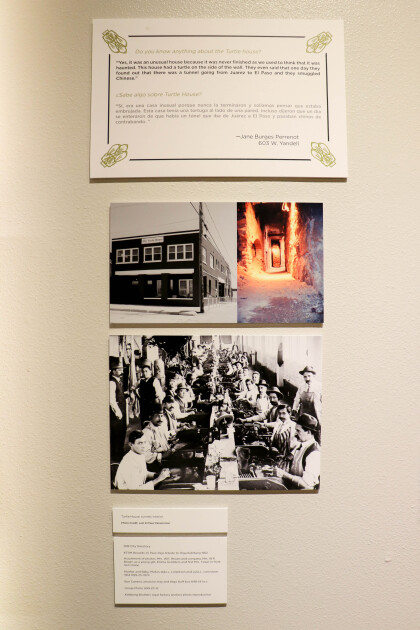
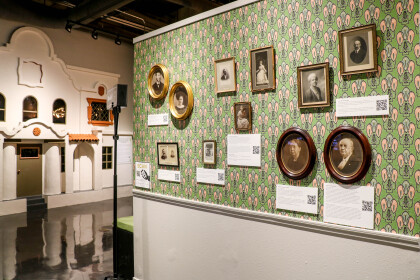
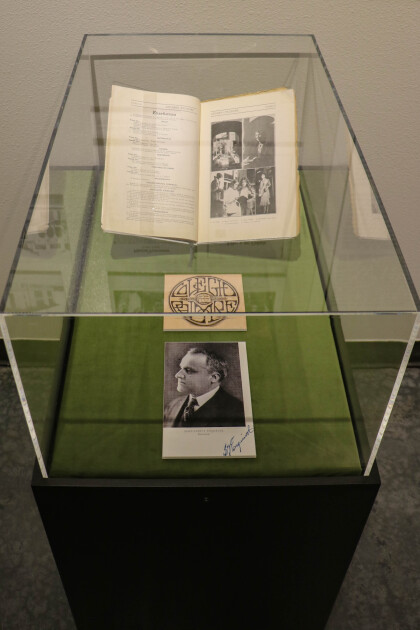
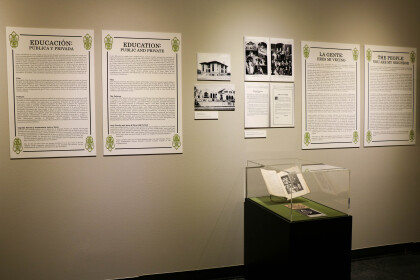
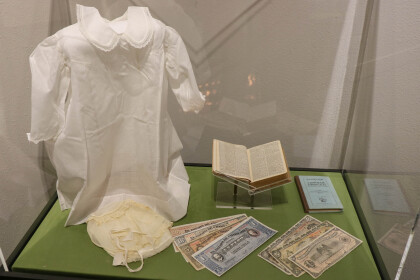
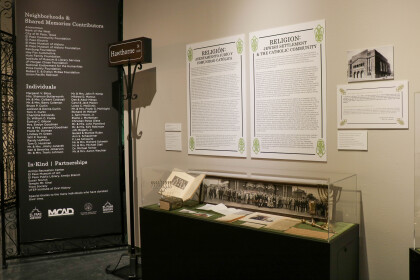
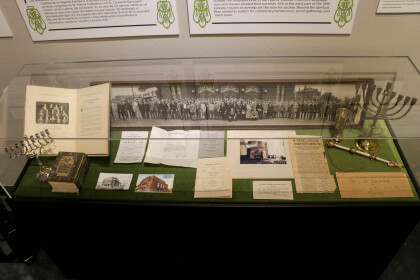
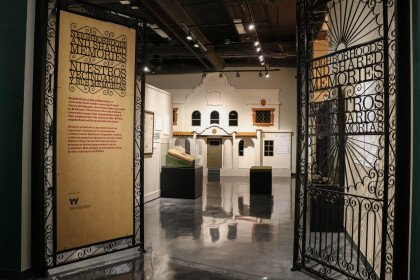
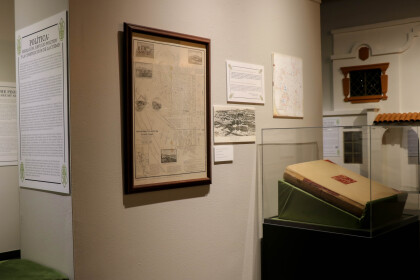
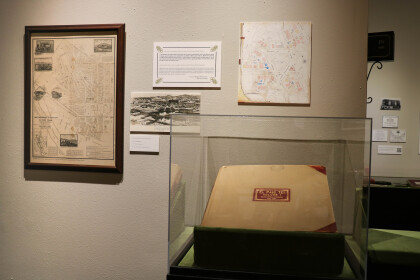
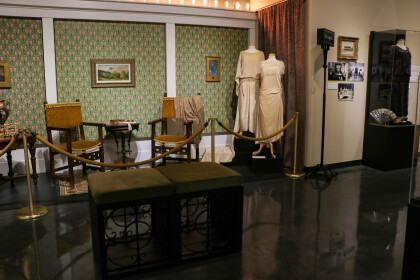
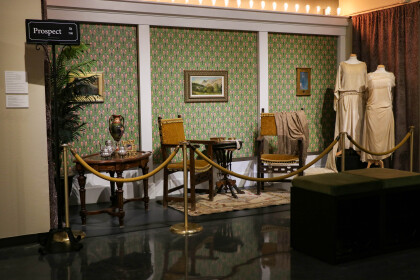
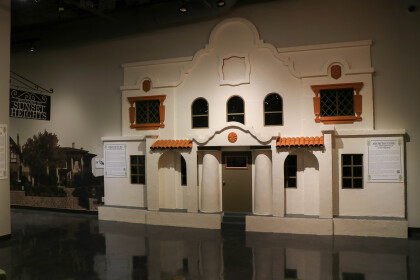
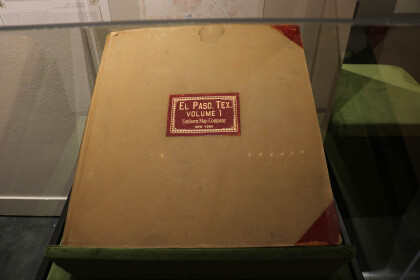
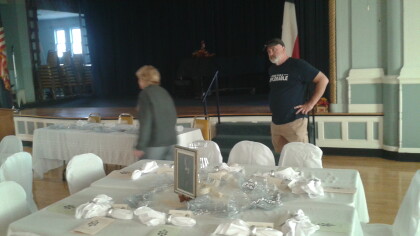
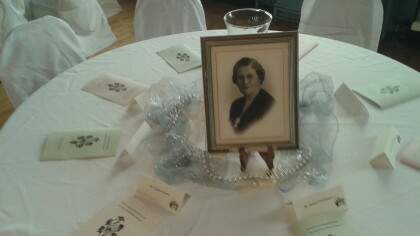
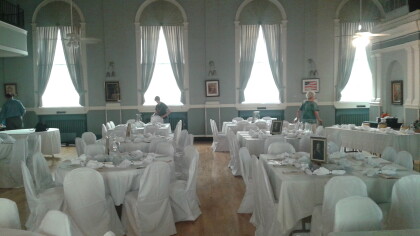
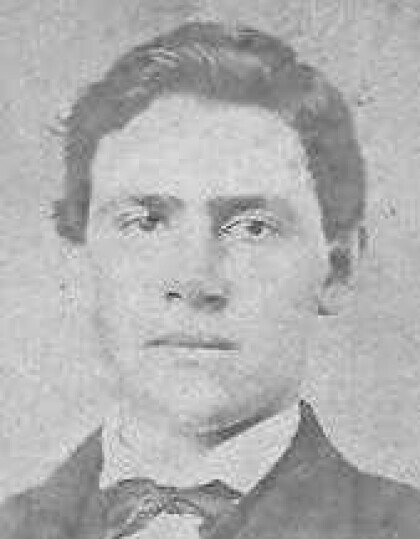
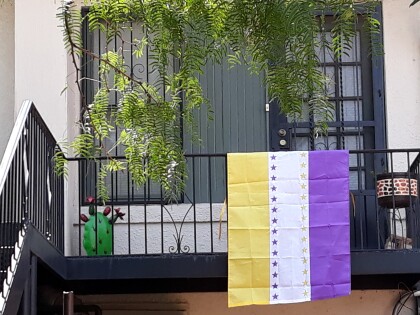
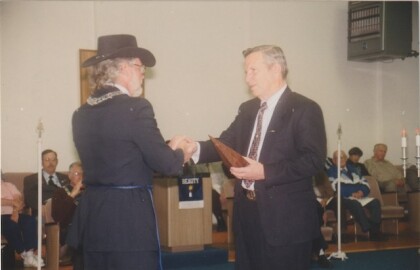
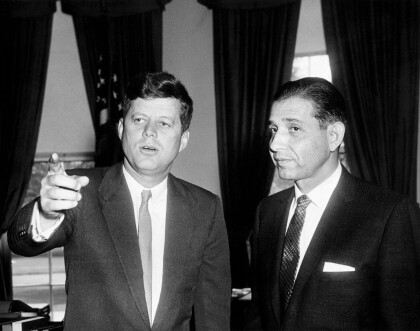
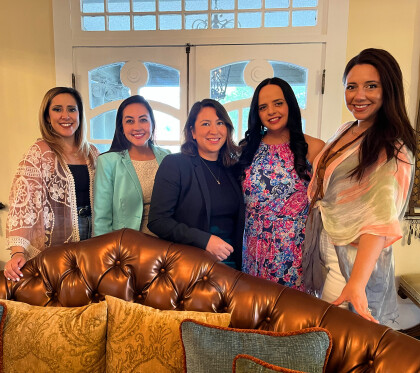
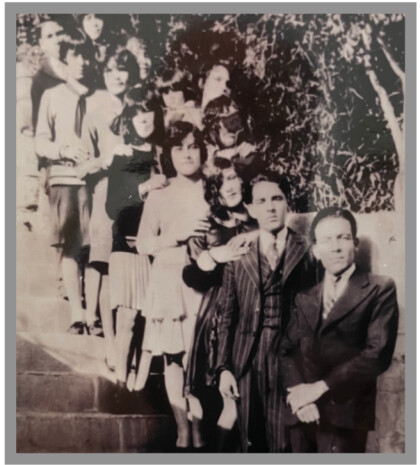
Comments
Add a comment